For reasons I& #39;m sure made sense at the time, I started sending a coworker random fungus facts every workday morning just as a random interesting thing while we& #39;re all self-isolating. Since a few folks on twitter also expressed an interest, I& #39;m going to tweet a few also!  https://abs.twimg.com/emoji/v2/... draggable="false" alt="🍄" title="Mushroom" aria-label="Emoji: Mushroom">
https://abs.twimg.com/emoji/v2/... draggable="false" alt="🍄" title="Mushroom" aria-label="Emoji: Mushroom">
Disclaimer: although I studied mycology and have an http://M.Sc"> http://M.Sc in plant pathology, that was a long time ago and I no longer work in the field, so if I contradict a current expert I& #39;m probably wrong. Also, feel free to mute this thread if you hate fungi!  https://abs.twimg.com/emoji/v2/... draggable="false" alt="😛" title="Face with tongue" aria-label="Emoji: Face with tongue">
https://abs.twimg.com/emoji/v2/... draggable="false" alt="😛" title="Face with tongue" aria-label="Emoji: Face with tongue">
First of all, what are fungi? You may think mushrooms are fungi, and kind of true - in fact, mushrooms are the reproductive body of some (not all) types of fungi, kind of like fruit are the way trees distribute seeds. Many fungi do not make mushrooms.
Many fungi can choose whether to reproduce using sex or asexually. Often related to resources available. If few resources, they can hang out in the soil as simple mycelium (little fungus threads like roots) and bud off asexual spores and things like that. It& #39;s cheaper and easier.
If resources are plentiful, and two different fungi meet down in the soil, they may combine together (mixing genetics, = sexual reproduction) and spend the energy to grow a mushroom (like a fruit) which produces spores (like seeds) containing genes from both parents.
The mushroom is just a small and temporary part of the whole body that is specifically for reproduction purposes. Most of the fungus is underground in a tangle of tiny rootlike threads, called mycelium. (Ever picked up a rotting log and saw teeny white threads? Likely mycelium.)
It& #39;s (relatively) easy to identify a species by looking at the mushroom, but much harder to identify a species without a mushroom. So you might find THAT mycelium in the soil but have no way to know it& #39;s the same species that makes THIS mushroom if you don& #39;t catch it growing one.
(There are quite likely many fungi that we currently think are two different species because we found them separately (in the soil HERE, and growing a mushroom THERE) and haven& #39;t realized they& #39;re really the same species just doing different things.)
Since fungi can& #39;t walk around or run away like animals can, but also can& #39;t photosynthesize to make their own food like plants or algae, they have to be SUPER clever about (A) learning to eat anything that nobody else wants, and (B) chemical warfare to fight off the competition.
So if mushrooms aren& #39;t exactly the same things as fungi, and some fungi don& #39;t even make mushrooms, what is a fungus exactly? How is it different from other things out there lurking in the soil? Well, the scientific answer is a bit technical and precise, but generally speaking...
Things fungi are well known for would generally include: does not photosynthesize its own food from sunlight; does not have hard cellulose cell walls like a plant but instead has something like chitin; mainly immobile (doesn& #39;t run around like an animal);
Likely plays a fundamental role in decomposition in the ecosystem; probably digests its food by secreting enzymes outside itself then sucking in the "digested" molecules (as opposed to & #39;swallowing& #39; food whole and then digesting it inside); cells have a distinct nucleus.
This is Onygena equina, growing teeny little mushrooms on a moose or elk hoof it& #39;s eating. Hoofs are mainly made of keratin, which is a very complex protein that& #39;s very hard to digest, but Onygenales species have learned to eat it because nothing else wants to make the effort.
Last I heard (admittedly a while ago), Onygena equina has only been found eating hoofs and horns, not anywhere else. So nobody knows how it FINDS them lying around in the middle of forests and things, or what it does in between finding hoofs/horns, which aren& #39;t always available.
Possibly it& #39;s in disguise and only looks like this on moose hoofs so we don& #39;t recognize it when we find it eating something else. Possibly it& #39;s a parasite or a symbiote with insects and rides them around to find food. Maybe it teleports! WHO KNOWS, fungi work in mysterious ways.
Mushrooms are just the fruiting body of a fungus that is usually much larger and underground (like an apple on a tree). Here in Alberta, and most countries with similar summer/winter seasons, the best time of year for finding wild mushrooms is late summer till the first snowfall.
Foodies: @sorrentinos_yeg restaurant here in Edmonton does a whole mushroom month menu in September, including mushroom hunting walks! It is essential, however, to know how to identify the mushrooms you find. (In #YEG see also: @ABMycological for more info and teachings!)
Two of the mushrooms that most commonly cause fatal poisonings are found in a family called Amanita: Amanita phalloides and Amanita muscaria. Amanita muscaria looks like the stereotypical photo of a "toadstool": red cap with white flecks, so fewer people eat it by mistake.
Amanita phalloides however is a beautiful white mushroom that looks similar to several other edible species. It causes liver and kidney failure, and since there is a liver transplant waiting list longer than the few days the mushroom would take to kill you, it& #39;s usually fatal.  https://abs.twimg.com/emoji/v2/... draggable="false" alt="😢" title="Crying face" aria-label="Emoji: Crying face">
https://abs.twimg.com/emoji/v2/... draggable="false" alt="😢" title="Crying face" aria-label="Emoji: Crying face">
Fortunately for Edmonton #YEG it looks like Amanita phalloides isn& #39;t found here (although A. muscaria is), but it is found in other parts of Canada and is spreading. It is originally from Europe and is thought to be spread with species of trees imported from those countries.
The soil here isn& #39;t great for many European trees, but in cultivated gardens and landscaped cities it may be possible for it to occur. In BC, all known occurrences of A. phalloides have been within cities where imported trees would have been planted, not found out in the forests.
About 1% of the fungus kingdom consists of yeasts. These are eukaryotic (ie, they have a nucleus with a membrane), single-celled microorganisms that mostly reproduce asexually, by budding.
When we talk about yeast in daily life we& #39;re usually talking about the baker& #39;s yeast that& #39;s used for cooking bread and brewing beer. This is usually Saccharomyces cerevisiae, a common species which eats carbohydrates (particularly sugars) and converts them into CO2 and alcohol.
There are many other species of yeast too. Some (such as S. boulardii) naturally live in our digestive systems and help us break down carbohydrates in the gut; many other types of yeast are found in nature.
Different types of yeast can be used to make products with subtly different flavours; in beer making, S. cerevisiae and S. carlbergenesis are most common. However, Belgian lambic beers use yeasts naturally occurring in that region, the most common being Brettanomyces lambicus.
B. lambicus also breaks down sugars, but unlike S. cerevisciae, in addition to alcohol it also produces acetic acid (what gives vinegar and some fruits their sour taste). Lambic beers are usually flavoured with fruit juice to make their characteristic sour fruity tastes.
In the fermentation process, the yeast produces carbon dioxide and alcohol, but as the concentration of alcohol goes up, it will eventually become toxic to the yeast and most of it will either die or become dormant. Different strains of yeast have different tolerances to alcohol.
Off-the-shelf baker& #39;s yeast will typically only get to about an 8%-9% alcohol level before it dies off. To make wine, yeast strains which can tolerate a higher % of alcohol are normally used. To get to a really high alcohol level, further distillation may be needed.
Once the yeast used to make beer has died or gone dormant due to the alcohol level, it& #39;s typically filtered out of most modern beer styles. Cakes of dormant yeast can be reused to make the next batch of beer. The remaining dead yeast is a protein-rich source of lots of vitamins.
Some breweries sell it off for use in vitamin supplements and flavour enhancers, and in the UK, of course, some of it goes to make everyone& #39;s favourite toast spread, @marmite  https://abs.twimg.com/emoji/v2/... draggable="false" alt="😋" title="Face savouring food" aria-label="Emoji: Face savouring food">
https://abs.twimg.com/emoji/v2/... draggable="false" alt="😋" title="Face savouring food" aria-label="Emoji: Face savouring food">
Cordyceps is a genus of fungi that includes about 400 species. Most Cordyceps species are endoparasitoids, parasitic mainly on insects and other arthropods. The name is from Greek "kordyle" meaning "club" and Latin "caput", meaning "head", b/c of the shape of the fruiting bodies.
Discovered by Alfred Russel Wallace in 1859, Ophiocordyceps unilateralis (also known as the zombie fungus) is mainly found in tropical forests. This species specializes in parasitizing ants and is creepy/interesting because of the way it takes control of the ant& #39;s behaviour.
It grows through an ant’s body, creating a network of filaments that commandeers the insect’s muscles. Then about 2 weeks after the infection, it compels the ant to leave the nest, climb a tree or plant stem, and clamp its mandibles on the major vein on the underside of a leaf.
This manipulated biting is a completely novel behaviour induced by the fungus and is not part of the regular behaviour as observed in healthy ants. It is also called the “death grip” since manipulated ants will stay in this position, where the fungus finally kills them.
The fungus uses the ant’s tissues as a carbon source to grow a fruiting body from between the ant’s thorax and head, producing spores that drop downward and hit the ant’s colony-mates as they go about their foraging trips. In this way, the zombie fungus can infect the colony.
It appears the fungus controls the ant& #39;s behaviour by producing specialized metabolites that it releases in the neural system of the host.
In 2014, author Mike Carey published a book "The Girl With All The Gifts" which is set in a post-zombie-apocalypse England. Carey used "zombie fungus" as a basis for the science he referenced in the novel, hypothesizing that a new species of Cordyceps learns to infect humans.
Similar to the way the zombie fungus affects ants, in his novel infected humans lose control of their nervous systems and are converted into "hungries", blindly drawn to infect other humans and thereby spreading the "zombie plague". Fortunately it& #39;s fiction! But a great read.  https://abs.twimg.com/emoji/v2/... draggable="false" alt="😊" title="Smiling face with smiling eyes" aria-label="Emoji: Smiling face with smiling eyes">
https://abs.twimg.com/emoji/v2/... draggable="false" alt="😊" title="Smiling face with smiling eyes" aria-label="Emoji: Smiling face with smiling eyes">
If you read yesterday& #39;s tweets, you heard about the "zombie fungus" species that infect ants, causes the ants to climb to an overhanging leaf and die, and then slowly digests the ant and grows a spore-bearing structure to infect the rest of the ant colony.
Perhaps you wondered why are there still even ants? Why didn& #39;t they ALL get turned into zombie fungus food? Turns out that some ant colonies can reach an equilibrium with the parasitic cordyceps fungus, with the help of ANOTHER fungus.
Studies of dead Cordyceps-infected ants discovered that some of the ant corpses were infected with not just one, but two (or more) fungi. Once the ant dies, the process of growing a spore stalk takes a few weeks, during which the structure is relatively defenseless!
During that time, other species such as Polycephalomyces ramosus move in and attack, which may slow or even prevent the Cordyceps spores from forming properly. Polycephalomyces is what would be called a "hyperparasite", a parasite that preys on another parasite.
It& #39;s not necessarily true for the ants that "the enemy of my enemy is my friend", because if Polycephalomyces entirely eliminated Cordyceps then it would have nothing left to eat and would also go extinct, so it doesn& #39;t help the ants TOO much.
But by limiting the number of spores Cordyceps produces, Polycephalomyces can reduce the infection rate of ants to a speed that the ant colony can match as new ants hatch... meaning the hyperparasite has a constant source of new food in the form of newly infected ants.
Nature is very much a series of checks and balances, and compromises in which there is no clear winner. https://www.theguardian.com/science/neurophilosophy/2012/may/03/zombie-ant-parasitic-fungus">https://www.theguardian.com/science/n...
Today I played a D&D game in which a cave was described as filled with luminescent purple fungi. Actually, most fungi do not glow in the dark, but those that do normally have GREEN luminescence.
About 75 species of fungi are bioluminescent - meaning they give off light using a biochemical reaction. Almost all known bioluminescent fungi are mushroom-forming members of the order Agaricales, and form a white rot that decomposes wood.
One theory is that breaking down the lignin molecules in the wood produces reactive oxygen molecules that are potentially damaging; bioluminescence is a chemical process that actively consumes oxygen so may help protect the fungus from damage.
Another theory is that the light may attract grazing animals that help spread the fungus spores. Either way, the eerie green glow of rotting trees has been observed as far back as Aristotle, and also used to be called "foxfire" or "fairy fire".
https://en.wikipedia.org/wiki/List_of_bioluminescent_fungus_species">https://en.wikipedia.org/wiki/List...
https://en.wikipedia.org/wiki/List_of_bioluminescent_fungus_species">https://en.wikipedia.org/wiki/List...
I& #39;ve noticed in some computer games (Minecraft, for example) there& #39;s an assumption that mushrooms don& #39;t like/don& #39;t grow in sunlight. This is incorrect; you can often see mushrooms growing on people& #39;s front lawns, for example. There are two likely reasons for this misconception.
First, most fungi do need more moisture than plants, since they lack the hard cell walls and protective coatings that plant leaves have. This makes it less likely most mushrooms will grow in hot areas with a lot of direct sunlight, because these areas may be too dry.
And second, fungi don& #39;t NEED sunlight. They can& #39;t photosynthesize, so it& #39;s fairly irrelevant to them. Whereas plants DO need sunlight, and will compete for it. So, much easier and less competition for mushrooms to grow in places nothing else wants - like areas lacking light.
Why then do ANY mushrooms bother growing in sunshine? Why not just corner the lack-of-sunlight real estate and leave the sunshine to plants? Because many fungi do eat dead plants/leaves; and many have a symbiotic relationship with plants, so they& #39;ll still go where the food is.  https://abs.twimg.com/emoji/v2/... draggable="false" alt="😋" title="Face savouring food" aria-label="Emoji: Face savouring food">
https://abs.twimg.com/emoji/v2/... draggable="false" alt="😋" title="Face savouring food" aria-label="Emoji: Face savouring food">
If you& #39;ve ever seen a mouldy orange, which I& #39;m sure you have, odds are good that it was Penicillium digitatum, one of the very many species of Penicillium that are very common in our air and soil and which generally look like a green mould with white edges when cultured.
If you& #39;ve found a mouldy orange then you probably also remember the SMELL, a sort of rotten citrusy smell. Having grown P. digitatum in the lab in petri plates full of agar media, I discovered that the smell is actually not the orange at all, but the fungus!
Even grown in a sterile environment nowhere near an orange, P. digitatum still emits that rotten citrus smell - it& #39;s the chemicals produced by the fungus to break down the orange& #39;s cells, not the orange itself, which you are smelling.  https://abs.twimg.com/emoji/v2/... draggable="false" alt="🍊" title="Tangerine" aria-label="Emoji: Tangerine">
https://abs.twimg.com/emoji/v2/... draggable="false" alt="🍊" title="Tangerine" aria-label="Emoji: Tangerine"> https://abs.twimg.com/emoji/v2/... draggable="false" alt="😃" title="Smiling face with open mouth" aria-label="Emoji: Smiling face with open mouth">
https://abs.twimg.com/emoji/v2/... draggable="false" alt="😃" title="Smiling face with open mouth" aria-label="Emoji: Smiling face with open mouth">
If you& #39;ve ever tried reading up about moulds (and really, why wouldn& #39;t you), you might have been confused by the complicated names around how they& #39;re classified. First of all, what is mould? Let& #39;s define it as fungi that grow fuzzy filamental blobs like you& #39;ve seen on old bread:
This includes almost all fungi (though not yeast, which remains single-celled and doesn& #39;t grow into filaments). But all the rest of it that does grow into mould is a little hard to tell apart at a glance. (At least for people who don& #39;t grow plates like this normally!)
(It& #39;s been literally decades, but at a glance I would put a lot of money on this plate containing Rhizopus, Fusarium, Penicillium, and Aspergillus species, just looking at it.)
So what do all the fancy names mean? The secret is that biologists just think about sex a lot and decided the easiest way to tell moulds apart is to describe how they have sex. Yeah, that& #39;s all.  https://abs.twimg.com/emoji/v2/... draggable="false" alt="🤣" title="Rolling on the floor laughing" aria-label="Emoji: Rolling on the floor laughing">
https://abs.twimg.com/emoji/v2/... draggable="false" alt="🤣" title="Rolling on the floor laughing" aria-label="Emoji: Rolling on the floor laughing">
This probably tells you as much about biologists as it does about fungi. It& #39;s the equivalent of looking at all the birds in the world and deciding to call ducks the "corkscrew penis birds", it just sounds fancier if you use Latin or Greek to do it.  https://abs.twimg.com/emoji/v2/... draggable="false" alt="😄" title="Smiling face with open mouth and smiling eyes" aria-label="Emoji: Smiling face with open mouth and smiling eyes">
https://abs.twimg.com/emoji/v2/... draggable="false" alt="😄" title="Smiling face with open mouth and smiling eyes" aria-label="Emoji: Smiling face with open mouth and smiling eyes">
So what DO moulds look like having sex? Well, many of them reproduce both sexually (exchanging genetic material with another) AND asexually (single-player mode). For the purposes of classification, mould classification is based on what their sexual reproduction looks like.
Since this is all fairly arbitrary there& #39;s been a lot of disagreement over the years on exactly how to divide up the different types of mould sex into classifications, and if you search google/wikipedia there& #39;s a lot of conflicting and wrong information.
So I& #39;m basing the below on text book I learned from ("Moulds: their Isolation, Cultivation, and Identification" by David Malloch, 1981) and the lab work I did in a mycology lab. Be aware whatever classification you use someone will argue about it, but we used this:
1. Oomycetes. ("Egg fungus") These reproduce by creating an egg-like structure when 2 genetically different individuals meet. They tend to live in very damp places and cause water molds on crops. Nowdays we know they& #39;re not actually true real fungi, just very fungus-like.
2. Zygomycetes. ("Joining fungus") When 2 genetically different individuals meet and combine genetic material, they join together to create a thick-walled cell between them in which form zygospores.
3. Ascomycetes. ("Sac fungus") When 2 genetically different individuals meet and combine genetic material, they make spores combining genes from them both inside little sac-like structures called asci.
4. Basidiomycetes. ("Club-fungus") When 2 genetically different individuals meet and combine genetic material, they form external spores that grow on a club-shaped structure called a basidium. (Most mushrooms are basidiomycetes, but not all basidiomycetes grow mushrooms.)
5. Anamorphs/deuteromyces. This isn& #39;t a real classification of fungi, it just means these species that have been too shy to have sex in front of scientists so they don& #39;t know which division to put these into. These probably are really mostly #3 or #4.
https://en.wikipedia.org/wiki/Teleomorph,_anamorph_and_holomorph">https://en.wikipedia.org/wiki/Tele...
https://en.wikipedia.org/wiki/Teleomorph,_anamorph_and_holomorph">https://en.wikipedia.org/wiki/Tele...
So there ya go, now you& #39;ve seen a lot of photos of fungi having sex, and now you too have a better than average chance of identifying at least which category of mould you& #39;re looking at, given a light microscope. Happy Thursday!  https://abs.twimg.com/emoji/v2/... draggable="false" alt="🤣" title="Rolling on the floor laughing" aria-label="Emoji: Rolling on the floor laughing">
https://abs.twimg.com/emoji/v2/... draggable="false" alt="🤣" title="Rolling on the floor laughing" aria-label="Emoji: Rolling on the floor laughing">
Fungi can& #39;t photosynthesize their own food like plants and algae, and they also can& #39;t run around like animals, so they have to come up with other methods to fight off competitors for resources. One of the most frequent competitors that fungi have to deal with is bacteria.
Bacteria also don& #39;t photosynthesize (with a couple exceptions), can& #39;t run around, and often live in the same environments, so many fungi find themselves in frequent competition with them. As a result, many fungal species have evolved toxins that specifically target bacteria.
There& #39;s some evidence that the ancient Egyptians were aware of this, because they had a practice of applying a poultice of mouldy bread to infected wounds. In 17th century Poland, wounds were also treated with wet bread mixed with spider webs (containing fungal spores).
However, it wasn& #39;t understood why and how these treatments helped. The discovery and understanding of bacteria-killing compounds, aka antibiotics, is probably the most important development in human medicine ever.
In 1928, Alexander Fleming returned from holiday to find some petri plates of bacteria he& #39;d been studying were contaminated with a green mould, and in the plates where the mould was growing, there was a wide margin around its edges where the bacteria seemed to have been killed.
Bacteriologists started studying the "mould juice" out of interest and running some tests, but it was hard to cultivate and hard to produce in large quantities. It wasn& #39;t until WWII that the American pharmaceutical industry found ways to make large-scale production possible.
This also included a search to Penicillium strains that produced a high yield of a highly effective antibiotic - the best candidate found is now known as Penicillium chrysogenum, and the drug it produced was called penicillin. It began wide scale use as a medicine in 1942.
Penicillin kills bacteria by inhibiting an enzyme necessary for creating bacterial cell walls, leading to the death of the bacteria. Since animal cells are different from bacterial cell walls, penicillin is able to effectively kill bacteria without doing any harm to animals.
Since the discovery of penicillin, other antibiotic compounds have also been identified which have other methods of damaging bacteria, including blocking DNA synthesis or RNA transcription, inhibiting different enzymes, and inhibiting metabolites.
Depending on the method of attack, some of these other antibiotics may also cause damage to animals, so understanding how these compounds work is key to understanding the degree of danger in using them, and knowing which species of bacteria they are most effective in fighting.
This is why penicillin is still such a very valuable medicine, even with the new antibiotics still being discovered. Since 1942, it& #39;s estimated that penicillin has saved at least 200 million lives, making it the most effective life-saving drug in history!
The Common Stinkhorn mushroom is found in North America and Europe. It feeds on dead plant material, and gets its name because of the smell it emits when mature. The mushroom grows to somewhere between 4-12 inches tall and is a thick pale stalk that develops a dark, slimy tip.
Flies are attracted to the smell and land on the gooey green spore-bearing gel. The flies get free food, and eat fungal spores at the same time, which are then carried away and spread to new habitats by the flies. Though it smells terrible, this mushroom isn& #39;t actually poisonous.
Historically, the mushroom was eaten as an aphrodesiac, presumably because of its shape; the Latin name for the Common Stinkhorn mushroom is Phallus impudicus (literally translated: "shameless penis")  https://abs.twimg.com/emoji/v2/... draggable="false" alt="😂" title="Face with tears of joy" aria-label="Emoji: Face with tears of joy">
https://abs.twimg.com/emoji/v2/... draggable="false" alt="😂" title="Face with tears of joy" aria-label="Emoji: Face with tears of joy">
There& #39;s no evidence the mushroom actually works as an aphrodesiac, but there is some research suggesting it might have some medicinal potential as an anticoagulant.  https://abs.twimg.com/emoji/v2/... draggable="false" alt="😊" title="Smiling face with smiling eyes" aria-label="Emoji: Smiling face with smiling eyes">
https://abs.twimg.com/emoji/v2/... draggable="false" alt="😊" title="Smiling face with smiling eyes" aria-label="Emoji: Smiling face with smiling eyes">
Let& #39;s talk lichen! Is it a plant? Is it a fungus? No! In fact, lichen is actually a symbiotic relationship between fungus and algae (or in some cases a cyanobacteria). (In some cases, it& #39;s a threesome - https://www.eurekalert.org/pub_releases/2016-07/tuom-uom071816.php)">https://www.eurekalert.org/pub_relea...
The fungi get free food from the algae (or cyanobacteria) which, since it& #39;s able to photosynthesize, can produce its own food from sunlight! Also gets some additional protection from dry environments fungi couldn& #39;t otherwise grow in.
It& #39;s less clear what exactly the algae is getting out of it, but possibly additional chemical protection from predators, additional access to nutrients from the soil and from decomposing stuff, and combined they can live in more environments than any of them can solo.
(Or possibly the algae is getting no benefit out of it and the fungi are just keeping pet algae for food ... but it& #39;s probably not a totally one-sided relationship since it happens in so many different types of lichens.)
I think I mentioned about fungus, it& #39;ll figure out how to eat just about anything if nothing else has taken it (and sometimes even if something else has). That includes metal isotopes ... including radioactive ones, if they& #39;re included in the food that& #39;s available.
Some species of fungus are able to suck up radioactive isotopes from the environment, resulting in less radioactivity around them, but more radioactivity inside them. Both good and bad: it cleans up the area around them, but just makes it all the more concentrated in the fungi.
In particular this is a problem in colder climates, in areas that received radiation from the Chernobyl disaster (which is probably most of the world by now, since it& #39;s spread over time). The fungi in lichens sucks up the radioactive isotopes, resulting in radioactive lichen.
This doesn& #39;t particularly seem to harm the lichen as far as we can tell. But in the winter, in some areas lichen is about the only green thing around for animals like reindeers to eat. So the reindeer whose winter diet depends heavily on eating lichen ALSO become radioactive...
... and this isn& #39;t necessarily very good for the reindeer, and also not very good for any people around who rely on the reindeer for food in the winter. But, possibly it does mean Rudolph& #39;s glowing nose may not be quite as fictional as you imagined ...  https://abs.twimg.com/emoji/v2/... draggable="false" alt="😂" title="Face with tears of joy" aria-label="Emoji: Face with tears of joy">
https://abs.twimg.com/emoji/v2/... draggable="false" alt="😂" title="Face with tears of joy" aria-label="Emoji: Face with tears of joy">
https://www.wired.com/2016/04/amos-chapple-radioactive-reindeer/">https://www.wired.com/2016/04/a...
https://www.wired.com/2016/04/amos-chapple-radioactive-reindeer/">https://www.wired.com/2016/04/a...
As a follow up to yesterday& #39;s info about radioactive lichens, in 1991-ish they discovered there are some species of fungi that can not just concentrate it, but actually EAT it. It appears they can use the radiation to produce energy, similarly to how plants photosynthesize.
They do this using a variation of melanin (the same pigment that makes human hair and skin dark). They& #39;ve found melanin-filled moulds happily growing around the Chernobyl site - after all, nothing else wants to live there and eat that stuff, so a perfect opportunity for fungi.
Not a lot is known still about radiosynthetic fungi yet, but there& #39;s obviously potential in cleaning up radioactive waste, as well as potentially finding ways to protect astronauts from space radiation. Cool stuff!
https://www.scientificamerican.com/article/radiation-helps-fungi-grow/">https://www.scientificamerican.com/article/r... http://www.scienceagogo.com/news/20070422222547data_trunc_sys.shtml">https://www.scienceagogo.com/news/2007...
https://www.scientificamerican.com/article/radiation-helps-fungi-grow/">https://www.scientificamerican.com/article/r... http://www.scienceagogo.com/news/20070422222547data_trunc_sys.shtml">https://www.scienceagogo.com/news/2007...
Inky Caps (Coprinus atramentarius) are edible mushrooms that grow in the temperate climate zones of Europe and North America. You& #39;ve probably seen these growing on lawns or by the side of the road; so named because once the mushrooms get old they start to dissolve to an inky goo.
(You can even use them to make an ink you can write with!) They contain a compound called Coprin, which is completely harmless, so these can be safely eaten. EXCEPT...
This is only true until you start drinking alcohol.
This is only true until you start drinking alcohol.
When you drink alcohol, a poison, your body immediately starts to break down the alcohol into a series of other compounds, and eventually into harmless carbon dioxide and water. BUT, some of the compounds along the way are also poisonous, so your body needs to do this ASAP.
You get a hangover when your body can& #39;t process these poisons fast enough, so they build up enough to cause hangover symptoms. One of the first compounds created is acetaldehyde; acetaldehyde poisoning leads to hot flushes, nausea, vomiting, heart palpitations, & severe headache.
An enzyme known as acetaldehyde dehydrogenase (ALDH) is responsible for breaking down acetaldehyde (mutations in the ALDH gene are common in Asian populations, which is why many people from Asian backgrounds flush red very quickly after drinking any alcohol at all).
When you cook an Inky Cap mushroom, the Coprin in the mushroom breaks down into chemicals that interfere with the ALDH in your body, preventing it from breaking down the acetaldehyde. The result is a very fast and very bad case of a hangover, even if you only drink a teeny bit.
And Coprin hangs around in your body; it can last about three days, with physical symptoms of poisoning kicking in with as little at 5 mg/dL of ethanol, or about 3 oz. of beer.
Coprin poisoning isn& #39;t usually fatal, possibly because the effects of drinking alcohol feel so bad so quickly (within 5 minutes) that most people would immediately stop drinking. But, it could be dangerous for someone with a heart condition, and it can definitely be frightening!
Bird’s nest fungus, in the family Nidulariaceae, is obviously named for its appearance. When the fruiting bodies are mature, they resemble tiny bird& #39;s nests, about 1/4 inch to 5/8 inches in width and height. It& #39;s a saprophyte, meaning it consumes decaying wood and plant matter.
It may seem odd for a mushroom to grow looking like a bird& #39;s nest, but the cup-shaped structure is part of the way the fungus reproduces. In the “nest” are tiny flattened spheres which look like eggs. These are small spore-containing capsules called peridioles.
The nest structures usually form during the months of July to October and require rain to disperse. When a raindrop falls into the cup of the mushroom, it has enough force to fling the peridioles into the air; lab studies found they travel on average between 30cm to a full meter!
The peridiole has a coiled cord-like attachment on its underside, which has a sticky patch at the end called a hapteron. When the peridiole is flung through the air by a raindrop, the cord with the sticky end trails behind and catches like a wad of glue to nearby branches, etc
The still-flying peridiole continues onward until the cord fully unwinds, at which point, like a tetherball winding around a pole, the peridiole winds around the branch where the hapteron has become attached. The peridiole is now firmly tethered to hopefully a new source of food!
Once the rain ends and the “egg” dries out, it splits open releasing fungal spores.
Video showing spash-cup dispersal: https://www.youtube.com/watch?v=EGlaQhDi5ts">https://www.youtube.com/watch...
Video showing spash-cup dispersal: https://www.youtube.com/watch?v=EGlaQhDi5ts">https://www.youtube.com/watch...
Harold J. Brodie, a Canadian mycologist who studied bird’s nest fungi extensively, concluded in his 1975 book, The Bird’s Nest Fungi, that the mushrooms were “not sufficiently large, fleshy, or odorous to be of interest to humans as food,” however they are not poisonous.
They also only eat already-dead plants so they& #39;re no threat to gardeners, just an interesting mushroom you might find on dead trees or mulch in your garden if the climate is right!  https://abs.twimg.com/emoji/v2/... draggable="false" alt="😊" title="Smiling face with smiling eyes" aria-label="Emoji: Smiling face with smiling eyes">
https://abs.twimg.com/emoji/v2/... draggable="false" alt="😊" title="Smiling face with smiling eyes" aria-label="Emoji: Smiling face with smiling eyes">
Most fungi (yeasts excepted) consist of a network of fine, hairlike filaments that spread throughout the soil or whatever the fungus is growing on. The individual threads are called "hyphae" (from the Greek word meaning & #39;web& #39;) and the mass of them is referred to as the "mycelium"
(Please note, everything Star Trek: Discovery says about mycelium is utterly ridiculous and please ignore everything about fungus mentioned in that show - for my previous rant please refer to my pinned tweet https://twitter.com/pentapod/status/971940207317499904?s=20">https://twitter.com/pentapod/... )
Often the mushroom or the spore-producing structures are the only parts we can visibly see, but the fungus itself is much larger. Although the mycelium may occasionally grow specialized structures such as mushrooms for reproduction, most of the time most fungi are simply hyphae.
As such, they do not have distinct organs in the way animals or even plants do; in particular, they don& #39;t have a mouth, or a stomach, or any way to swallow or digest their food. So how does an organism without a mouth or a stomach eat things?  https://abs.twimg.com/emoji/v2/... draggable="false" alt="🤔" title="Thinking face" aria-label="Emoji: Thinking face">
https://abs.twimg.com/emoji/v2/... draggable="false" alt="🤔" title="Thinking face" aria-label="Emoji: Thinking face">
Fungi are capable of absorbing nutrients dissolved in water through the whole surface of the hyphae. If the food can& #39;t be directly absorbed, the fungus secretes enzymes to break it down, essentially digesting the food OUTSIDE the hyphae, instead of inside a stomach like animals.
This is why patches of mould on a fruit become soft or even liquid; the fungus is digesting the plant cells and liquifying them so the nutrients can be absorbed through the hyphae walls.
The enzymes extend further out than the hyphae themselves, breaking down the food in advance of the mycelium spreading into those areas. So there& #39;s the visible fuzzy mould patch you see, and around that a bigger area of buried hyphae, then that& #39;s surrounded by digestive enzymes.
The digestive enzymes may also be accompanied by mycotoxins to discourage competitors from eating the nutrients first - these antibiotics vary from species to species but are produced to kill other organisms competing for the same food. e.g.:
This is also why simply cutting off the visible mould from a piece of food does not necessarily make the rest good to eat; the mycelium and mycotoxins may extend invisibly within the food for much further than the spore-producing patch!
In 1988, when cosmonauts aboard the space station Mir noticed something growing across their windows, they were understandably worried what it might be. It took a while to identify the culprit, but it turned out to be something of a very terrestrial origin.
Turns out that when humankind entered space, fungi came with them. And, as fungi tend to do, the fungi figured out a way to eat whatever was around ... and in this case, all they could find to eat was a space station.
Mir has apparently been plagued with fungi for decades; astronauts visiting over the years have reported that it smelled like mildew or mouldy apples. The International Space Station has also reported fungal contamination.
Not only have the fungi found their way into space, but they& #39;ve also proved surprisingly resistant to radiation, allowing them to thrive. Space-hardy fungi can potentially reveal useful information about radiation protection; this might also one day help protect astronauts too.
And the fact fungus can happily grow in space makes it a very promising possible source of food in space. However, the problem is that fungi aren& #39;t picky about what they eat; they& #39;ll try to eat pretty much anything that& #39;s available. Given "eat, or die" - they find a way to eat!
Unfortunately, that includes insulation, electrical wiring, window seals, even metal, which is obviously not ideal in a space ship or space station that needs to remain fully functional and completely airtight. To say the least.
Many science fiction books use the idea of & #39;sleeper ships& #39; to explain how humans might travel from one planet to another if faster than light travel turns out to be impossible. Humans in cryogenic sleep traveling for centuries until they reach a new home sounds good, in theory.
But if hungry fungi hitch a ride, how much of a ship will be left after a few decades, let alone a few hundred years? The same concern might apply to a moon or mars colony, also.
It might not be bug-eyed alien monsters that are the greatest threat to humans reaching other worlds, it might be our own close relatives and indiscriminate recyclers of absolutely everything, fungi. https://scienceline.org/2018/03/fungi-love-to-grow-in-outer-space/">https://scienceline.org/2018/03/f...
Clathrus archeri is one of the Phallales family of fungi and is related to the common stinkhorn (Phallus impudicus). In Britain this remarkable fungus is commonly known as Devil& #39;s Fingers, and in parts of the USA it is referred to as the Octopus Fungus.
When young, it& #39;s a small white egg-shaped ball, but as it ages a large, starfish-like fruitbody with 4-6 arched red arms emerge from the egg. The arms are coated with a smelly spore-bearing goo which has a strong, unpleasant odour reminiscent of rotting meat, to attract flies.
Clathrus archeri is originally native to Australia and New Zealand, but is now present in parts of Europe, where it was first recorded in 1914 in France, apparently introduced with military supplies at the start of the First World War.
It& #39;s also found in North America, especially in California, where it was first reported in 1982 and considered to have been introduced with exotic plants. It is saprotrophic (eating dead plant material), and mainly found in leaf litter under trees and shrubs and on bark mulch.
Despite its threatening appearance and bad smell, it is not poisonous, but is also not reported to taste good and there are no reports of it being good to eat.
This timelapse video is very cool https://abs.twimg.com/emoji/v2/... draggable="false" alt="😊" title="Smiling face with smiling eyes" aria-label="Emoji: Smiling face with smiling eyes"> https://www.youtube.com/watch?v=oPJ10eXc9bY">https://www.youtube.com/watch...
https://abs.twimg.com/emoji/v2/... draggable="false" alt="😊" title="Smiling face with smiling eyes" aria-label="Emoji: Smiling face with smiling eyes"> https://www.youtube.com/watch?v=oPJ10eXc9bY">https://www.youtube.com/watch...
This timelapse video is very cool
Sunday Fungus update!  https://abs.twimg.com/emoji/v2/... draggable="false" alt="😊" title="Smiling face with smiling eyes" aria-label="Emoji: Smiling face with smiling eyes">
https://abs.twimg.com/emoji/v2/... draggable="false" alt="😊" title="Smiling face with smiling eyes" aria-label="Emoji: Smiling face with smiling eyes">
When you think about two completely different creatures that have formed a mutually beneficial relationship, maybe you think of those little birds that pick the scraps out of an alligator& #39;s teeth.
When you think about two completely different creatures that have formed a mutually beneficial relationship, maybe you think of those little birds that pick the scraps out of an alligator& #39;s teeth.
Or maybe you think about humans and dogs. You probably don& #39;t think about fungi ... but of course you should. The relationship between fungi and plants is at least 400-460 million years old ... making the friendship of people and dogs seem like a one-night stand in comparison!
There are many fungal species that form a symbiotic relationship with plants; as a group they are called mycorrhizae: from the Greek "mukés", meaning fungus, and "rhiza," meaning roots.
Mycorrhizal fungi live in the soil and interact with the roots of plants and trees to create a massive underground network. At least 80% of plant species appear to benefit from mycorrhizal fungi, and some (such as orchids) cannot survive at all without their help.
It& #39;s fairly obvious what the fungi gets out of the relationship: plants can photosynthesize to produce carbohydrates from sunlight, and the plant shares these with the fungi, which cannot.
What the plant gets out of it varies depending on the fungus and the plant, but mycorrhizae appear to increase the absorption of nutrients, particularly phosphorus; extend the area from which the plant can get minerals & water; increase the plant& #39;s resistance to disease; & more.
Mycorrhizal networks have been called the "internet of plants" and while it& #39;s obviously not a completely direct parallel, it is a massive interconnected network through which many signals and resources can be passed between plants and fungi, and even between different plants.
Different mycorrhizae associate with different types of plants; some fungi specialize in one or a few species of plants, while others don& #39;t specialize. One plant may have many types of mycorrhizal fungus, and there& #39;s evidence that as plants age the mycorrhizal species change too.
In agriculture and forestry, an understanding of the mycorrhizal networks is essential for growing successful crops and healthy forests. Farmers don& #39;t just need to grow healthy crop plants, they need to cultivate healthy mycorrhizae also.  https://abs.twimg.com/emoji/v2/... draggable="false" alt="🌱" title="Seedling" aria-label="Emoji: Seedling">
https://abs.twimg.com/emoji/v2/... draggable="false" alt="🌱" title="Seedling" aria-label="Emoji: Seedling"> https://abs.twimg.com/emoji/v2/... draggable="false" alt="🍄" title="Mushroom" aria-label="Emoji: Mushroom">
https://abs.twimg.com/emoji/v2/... draggable="false" alt="🍄" title="Mushroom" aria-label="Emoji: Mushroom"> https://abs.twimg.com/emoji/v2/... draggable="false" alt="🤗" title="Hugging face" aria-label="Emoji: Hugging face">
https://abs.twimg.com/emoji/v2/... draggable="false" alt="🤗" title="Hugging face" aria-label="Emoji: Hugging face">

 Read on Twitter
Read on Twitter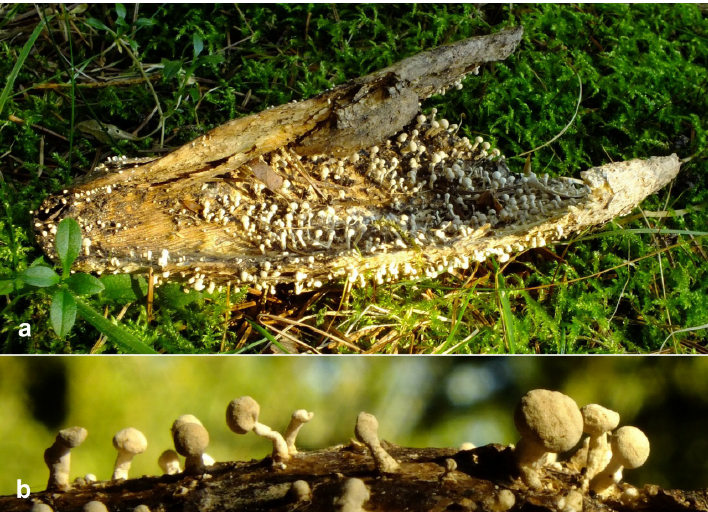
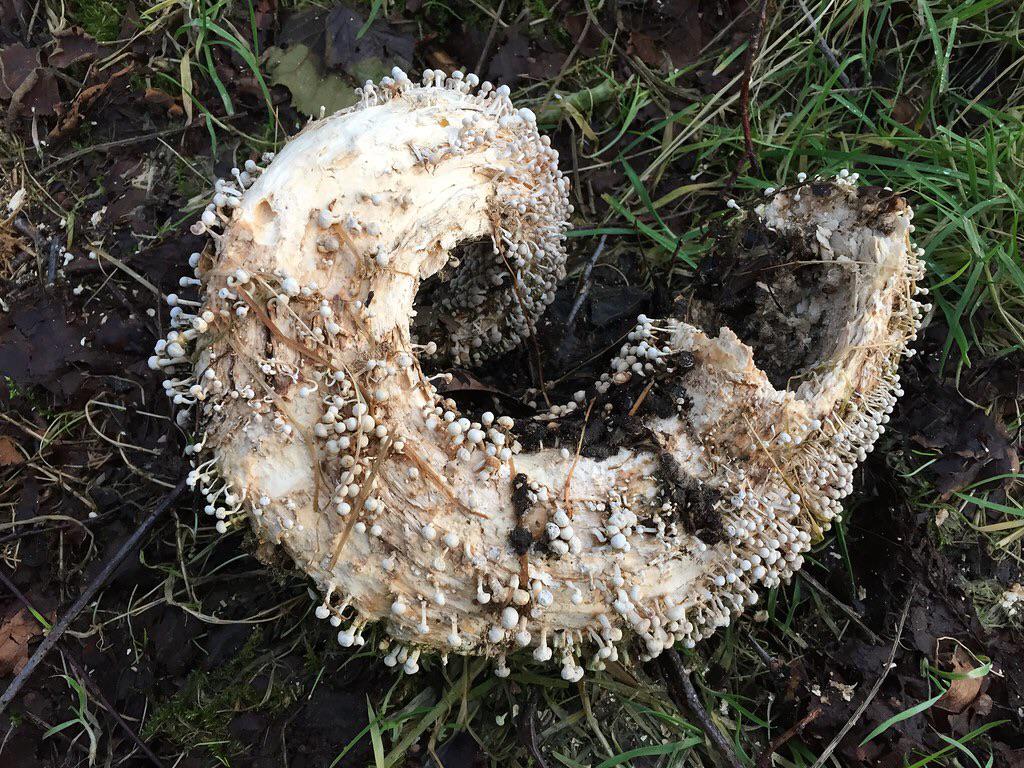
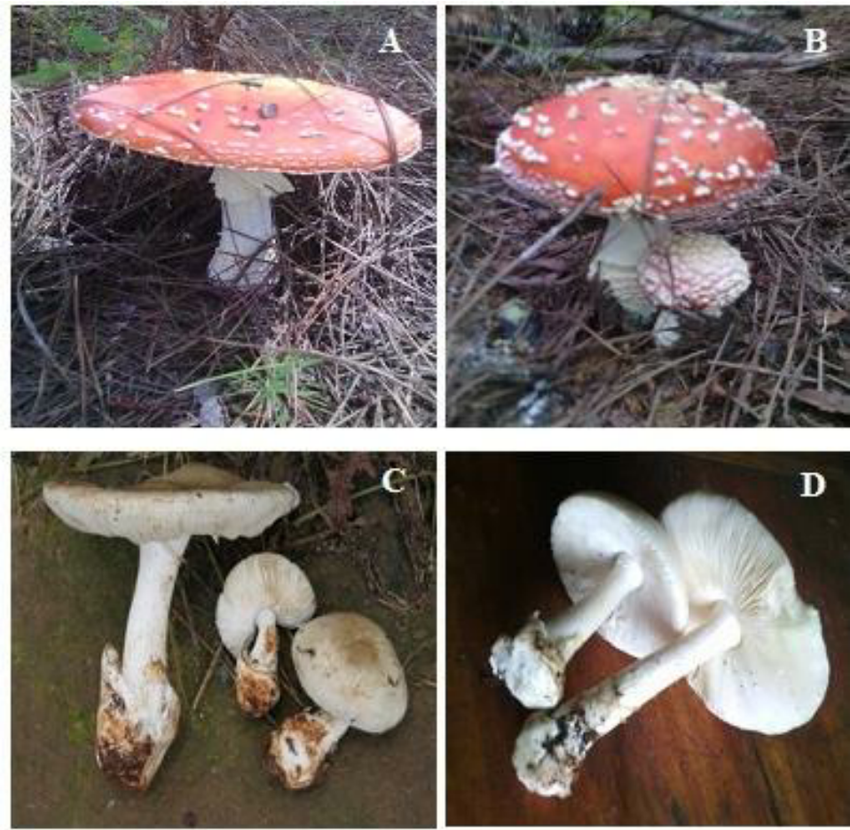
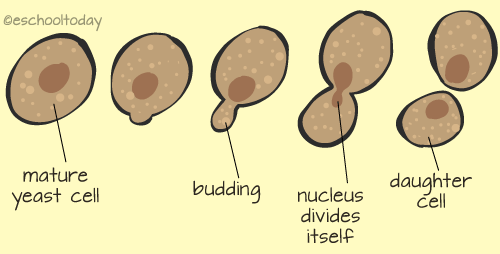
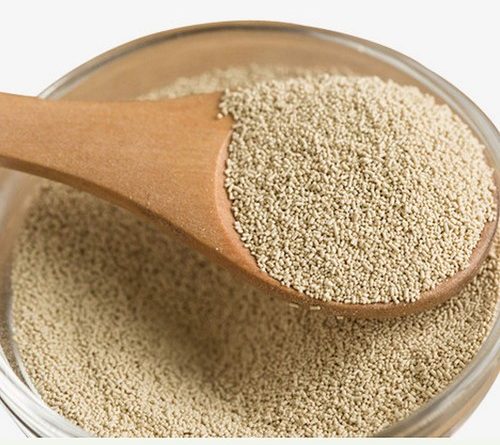


 " title="Some breweries sell it off for use in vitamin supplements and flavour enhancers, and in the UK, of course, some of it goes to make everyone& #39;s favourite toast spread, @marmite https://abs.twimg.com/emoji/v2/... draggable="false" alt="😋" title="Face savouring food" aria-label="Emoji: Face savouring food">">
" title="Some breweries sell it off for use in vitamin supplements and flavour enhancers, and in the UK, of course, some of it goes to make everyone& #39;s favourite toast spread, @marmite https://abs.twimg.com/emoji/v2/... draggable="false" alt="😋" title="Face savouring food" aria-label="Emoji: Face savouring food">">
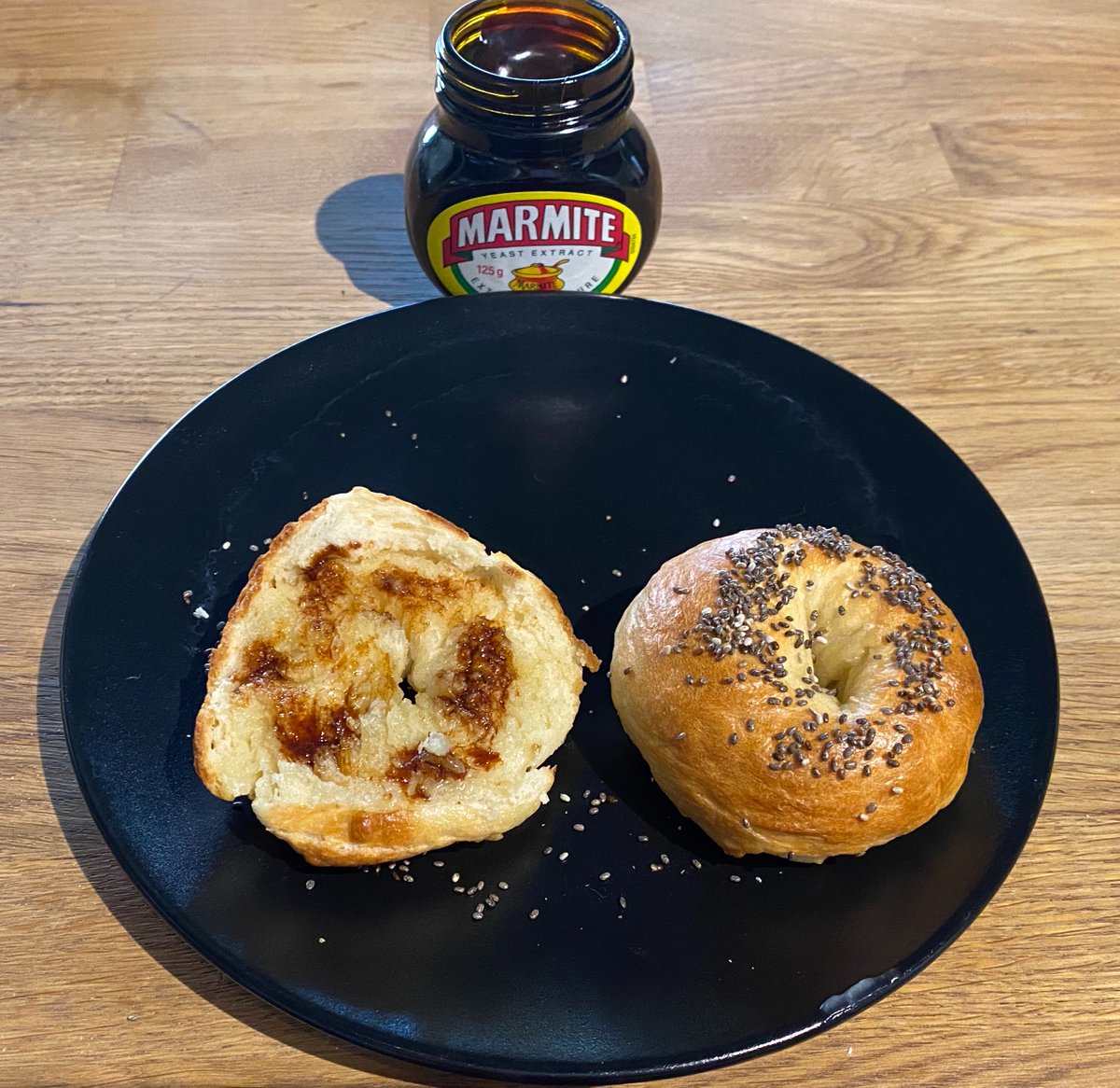 " title="Some breweries sell it off for use in vitamin supplements and flavour enhancers, and in the UK, of course, some of it goes to make everyone& #39;s favourite toast spread, @marmite https://abs.twimg.com/emoji/v2/... draggable="false" alt="😋" title="Face savouring food" aria-label="Emoji: Face savouring food">">
" title="Some breweries sell it off for use in vitamin supplements and flavour enhancers, and in the UK, of course, some of it goes to make everyone& #39;s favourite toast spread, @marmite https://abs.twimg.com/emoji/v2/... draggable="false" alt="😋" title="Face savouring food" aria-label="Emoji: Face savouring food">">
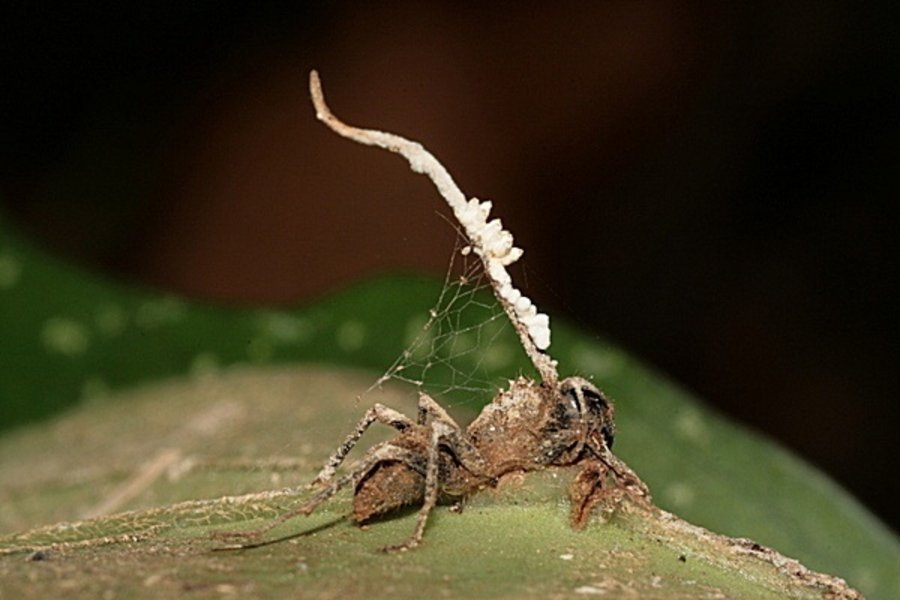

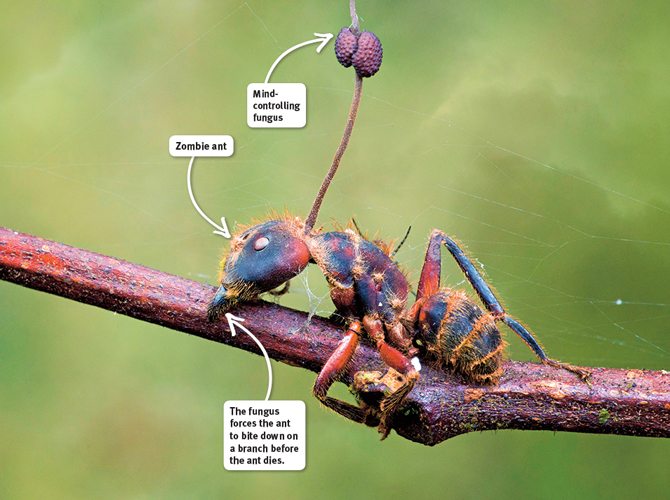

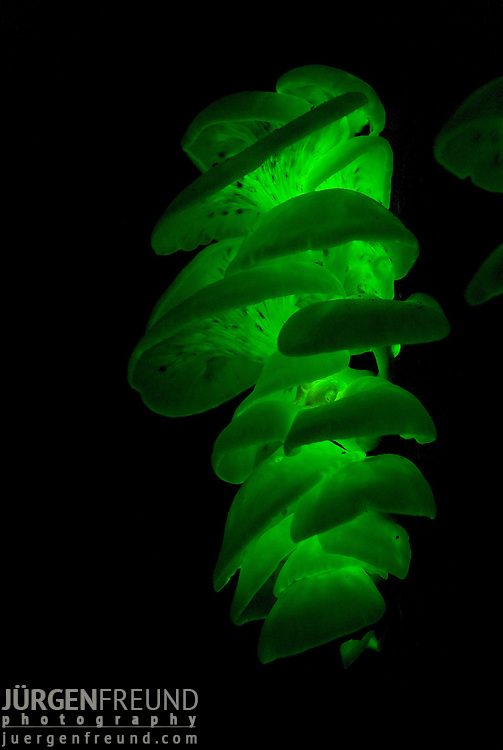

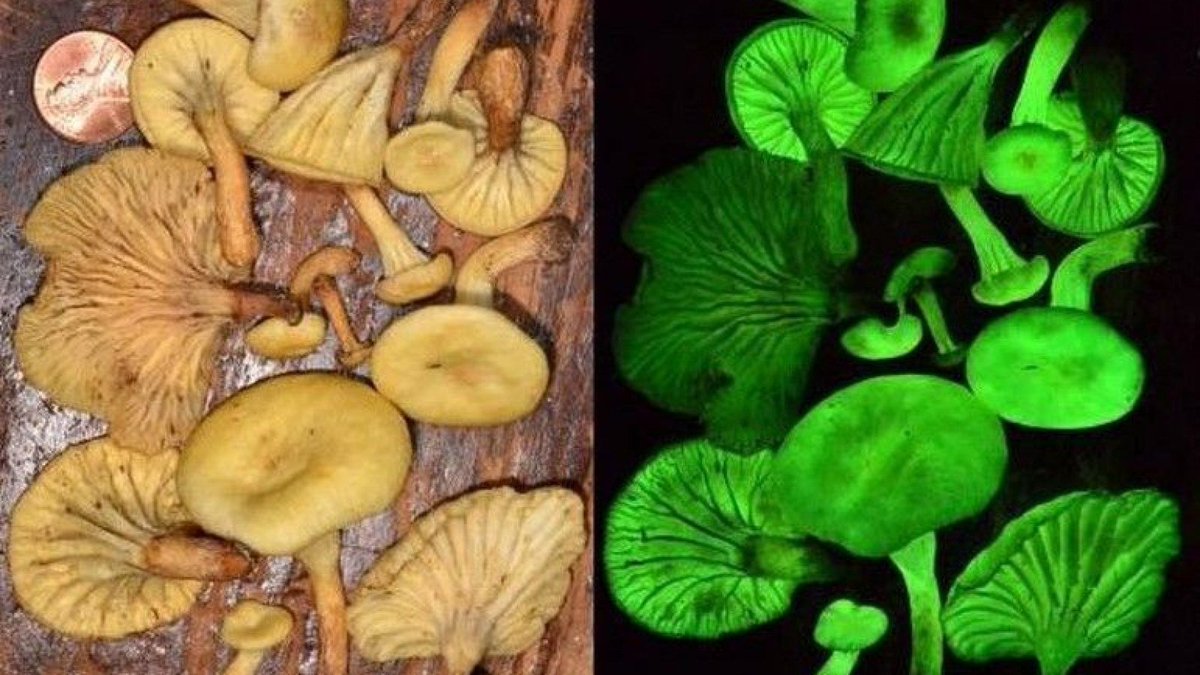
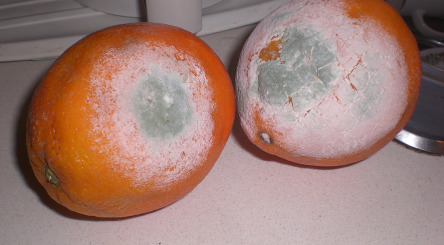
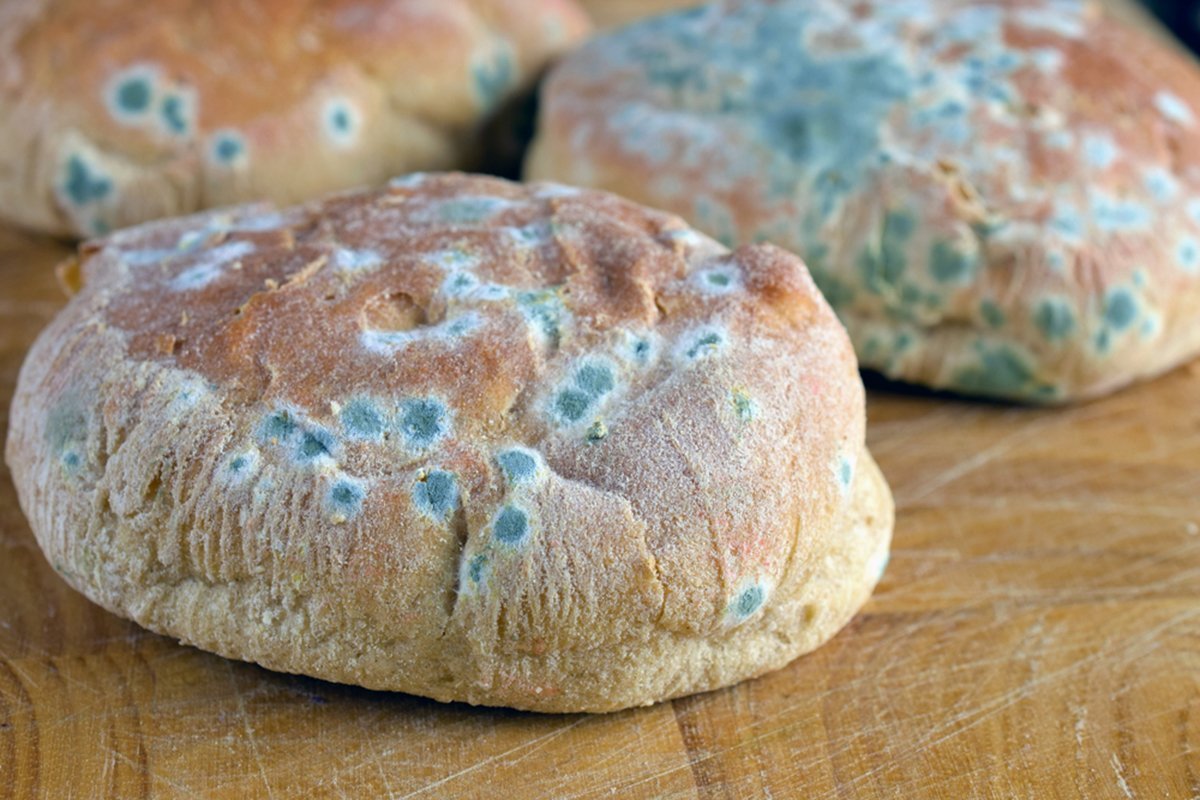
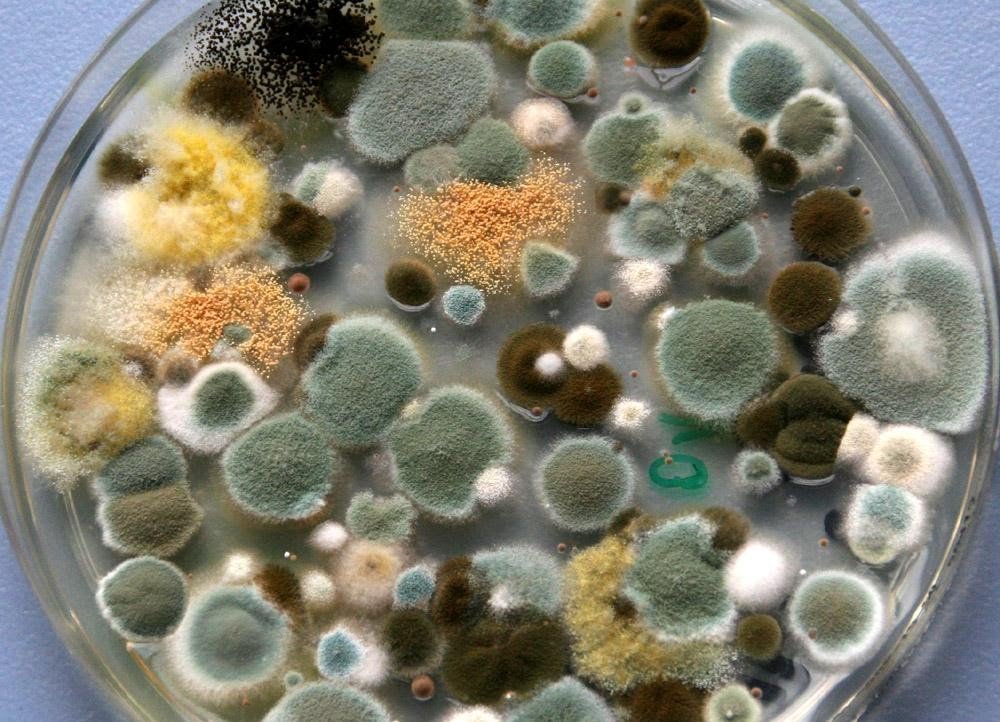
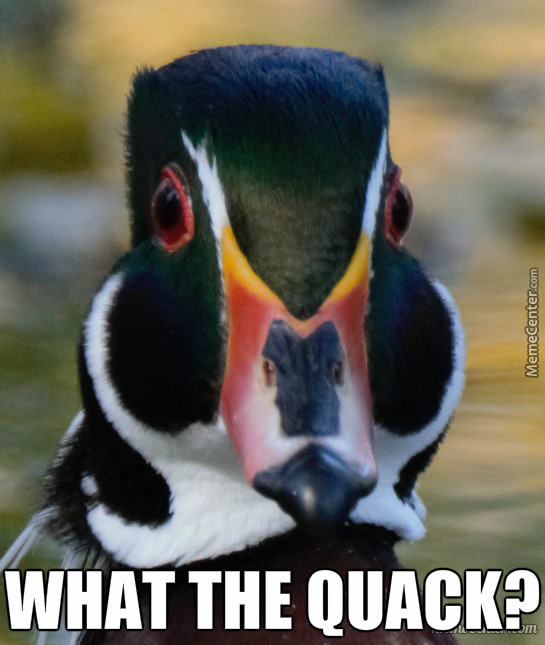 " title="This probably tells you as much about biologists as it does about fungi. It& #39;s the equivalent of looking at all the birds in the world and deciding to call ducks the "corkscrew penis birds", it just sounds fancier if you use Latin or Greek to do it. https://abs.twimg.com/emoji/v2/... draggable="false" alt="😄" title="Smiling face with open mouth and smiling eyes" aria-label="Emoji: Smiling face with open mouth and smiling eyes">" class="img-responsive" style="max-width:100%;"/>
" title="This probably tells you as much about biologists as it does about fungi. It& #39;s the equivalent of looking at all the birds in the world and deciding to call ducks the "corkscrew penis birds", it just sounds fancier if you use Latin or Greek to do it. https://abs.twimg.com/emoji/v2/... draggable="false" alt="😄" title="Smiling face with open mouth and smiling eyes" aria-label="Emoji: Smiling face with open mouth and smiling eyes">" class="img-responsive" style="max-width:100%;"/>
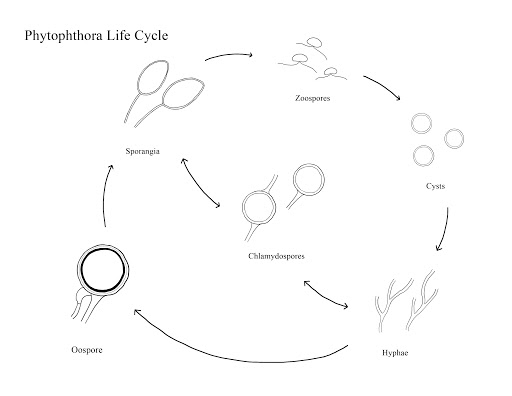
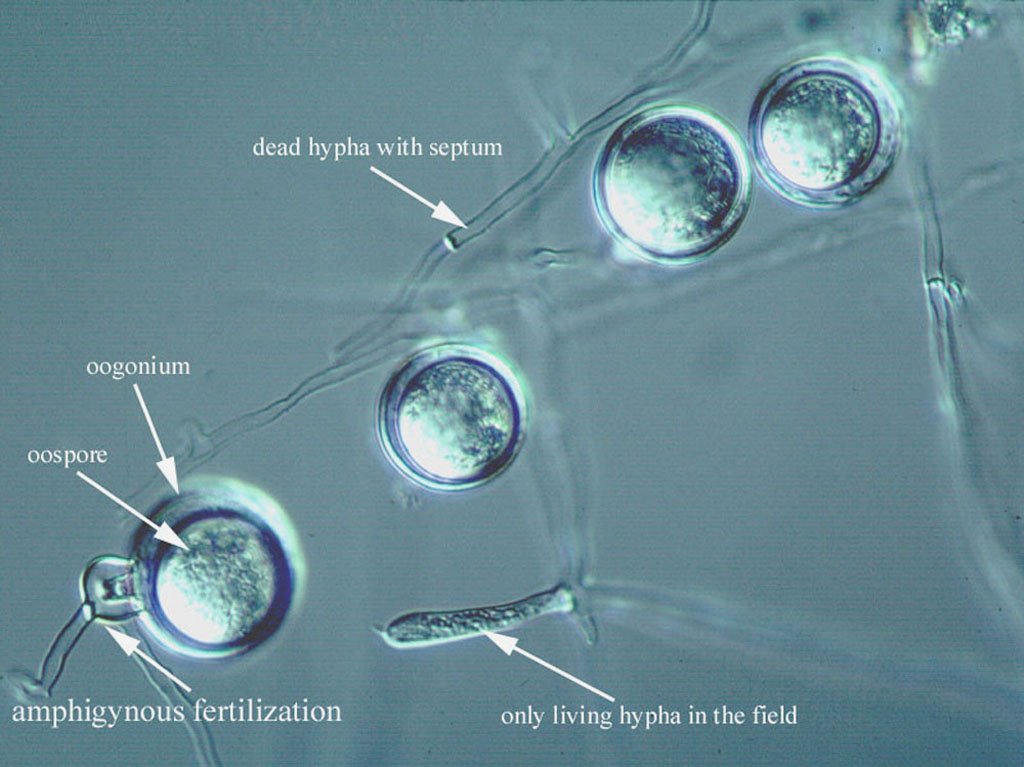
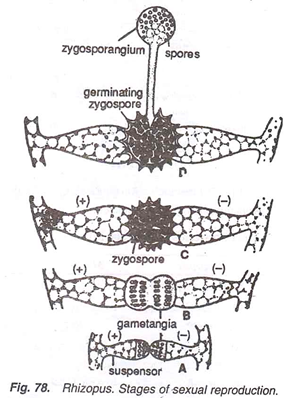
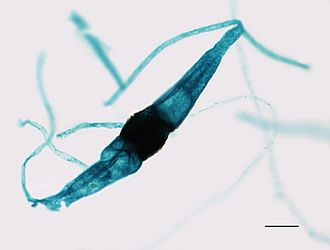
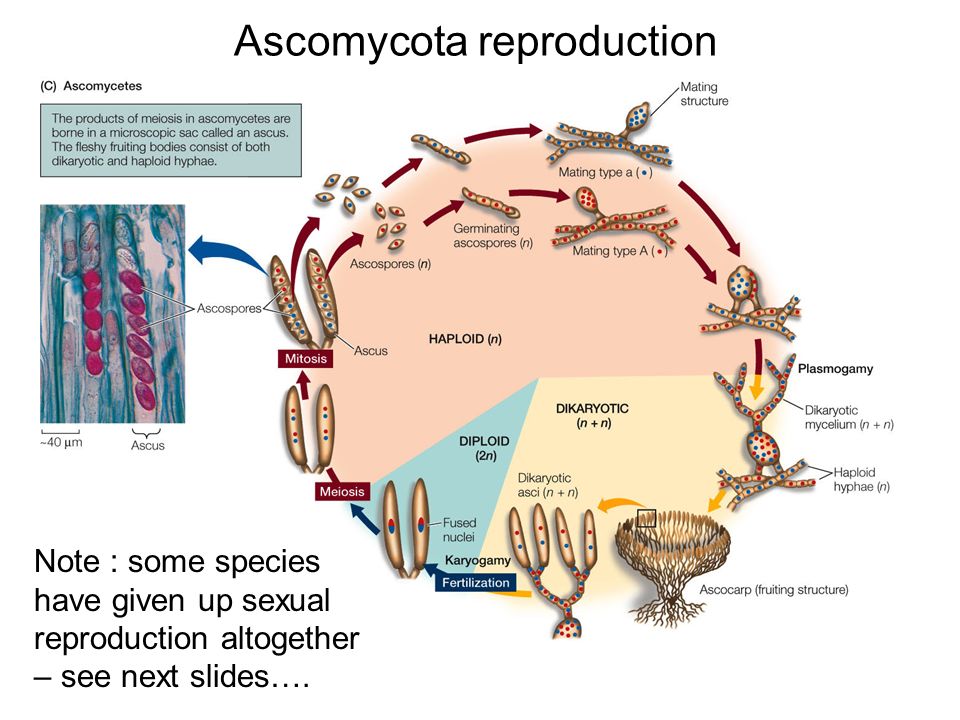
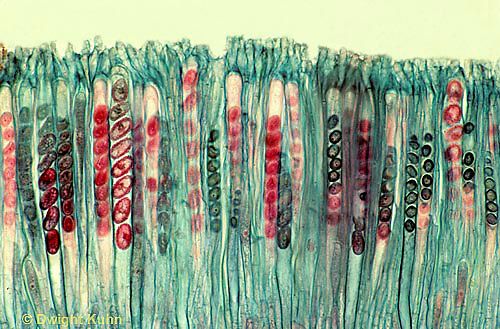
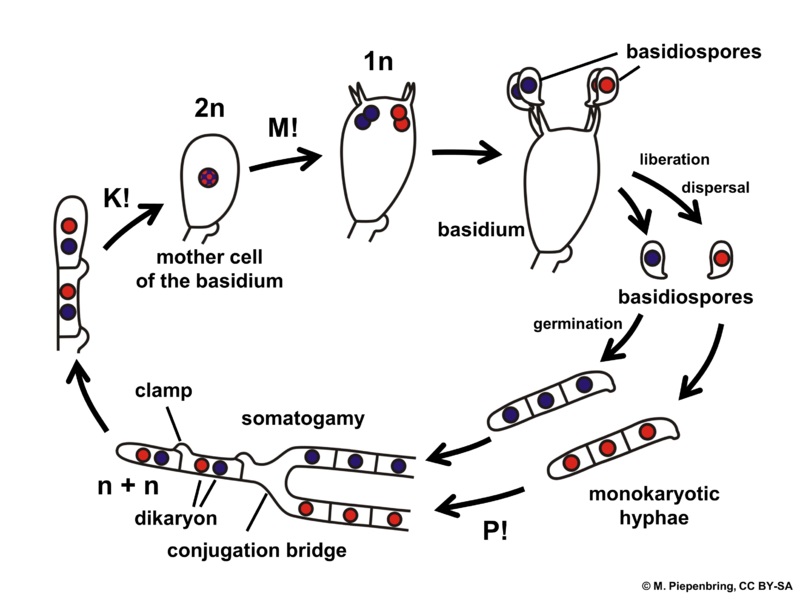

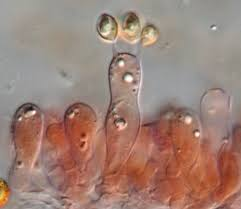
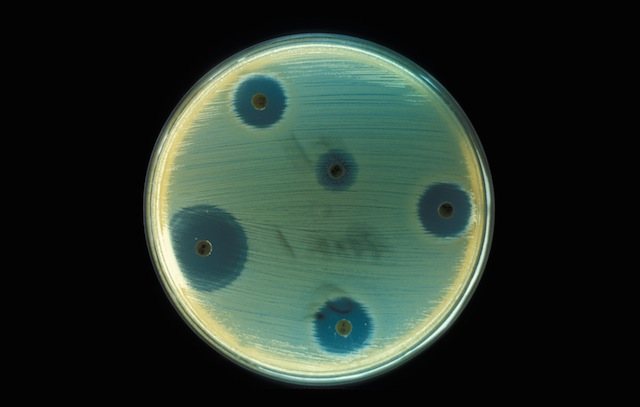
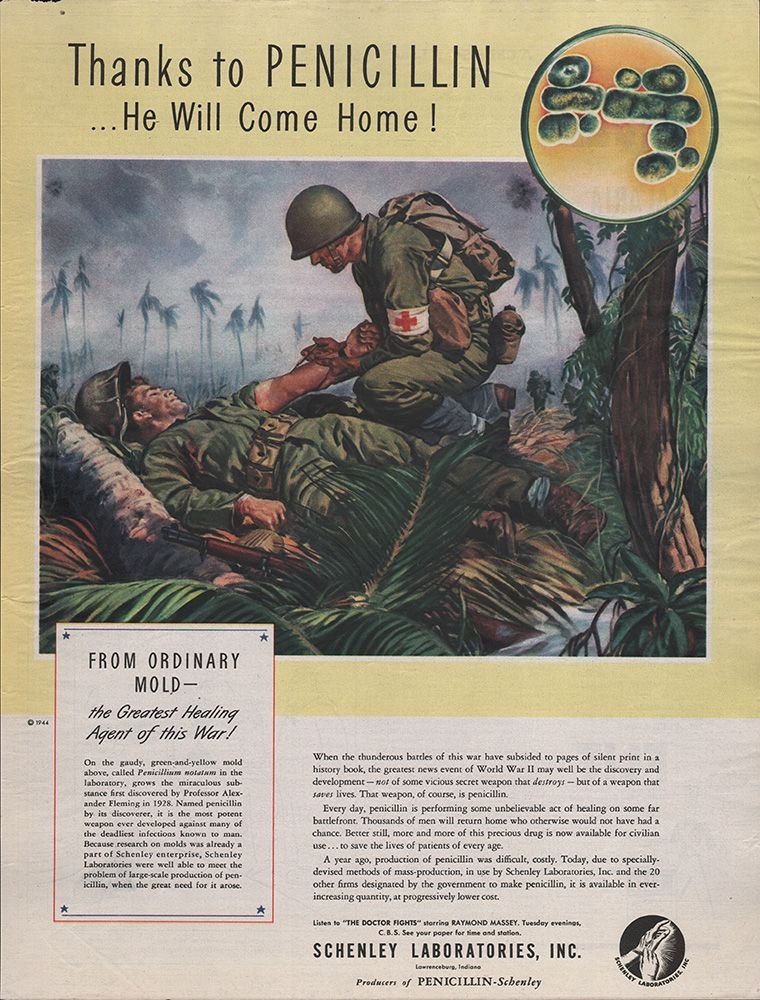

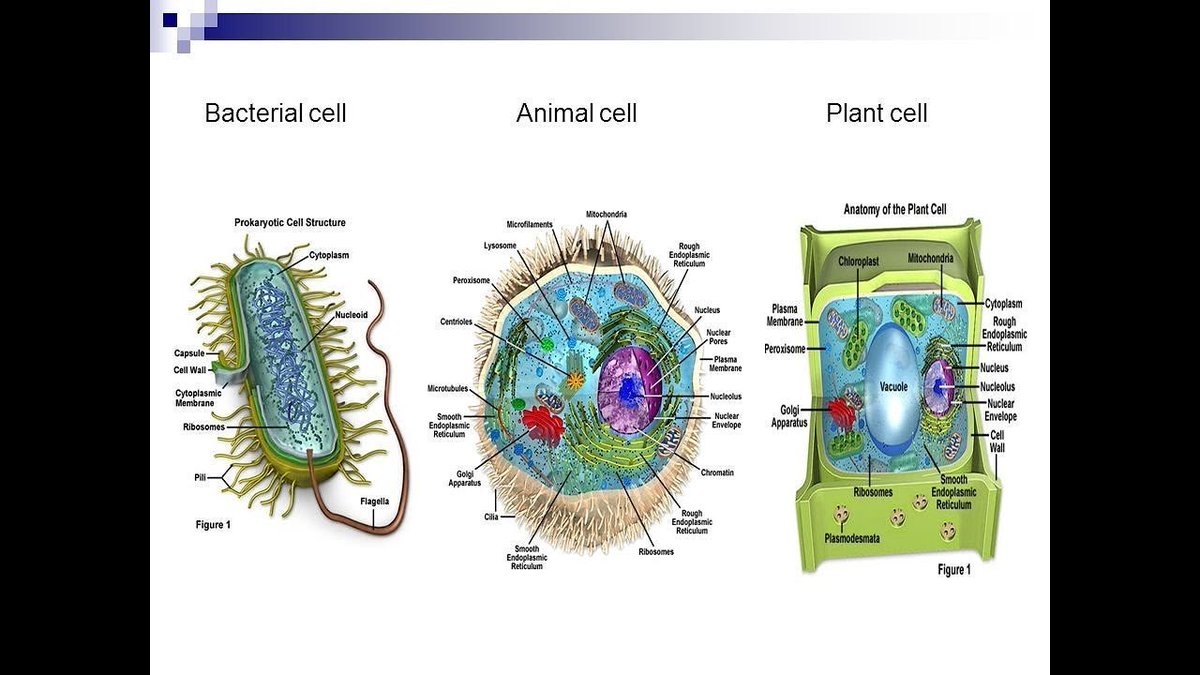
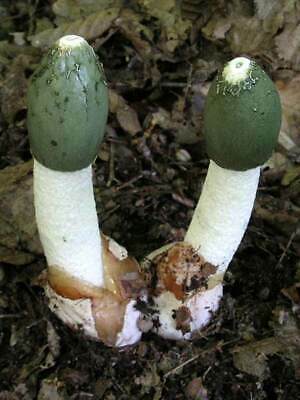
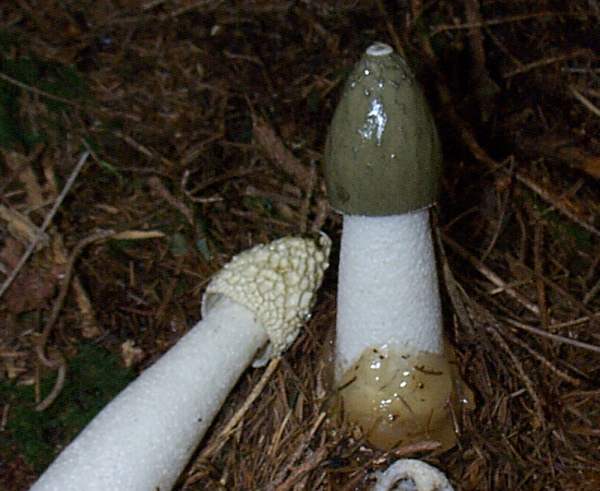
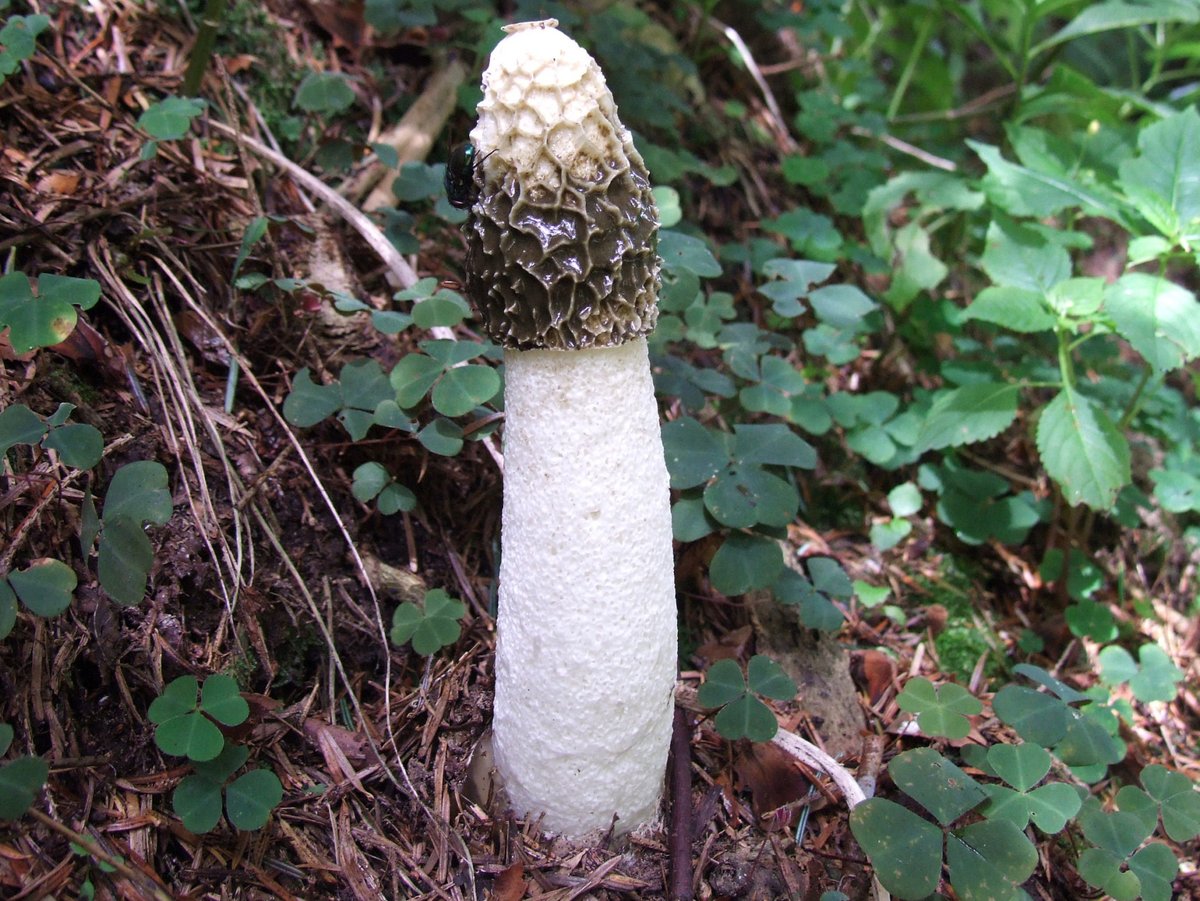 " title="Historically, the mushroom was eaten as an aphrodesiac, presumably because of its shape; the Latin name for the Common Stinkhorn mushroom is Phallus impudicus (literally translated: "shameless penis") https://abs.twimg.com/emoji/v2/... draggable="false" alt="😂" title="Face with tears of joy" aria-label="Emoji: Face with tears of joy">" class="img-responsive" style="max-width:100%;"/>
" title="Historically, the mushroom was eaten as an aphrodesiac, presumably because of its shape; the Latin name for the Common Stinkhorn mushroom is Phallus impudicus (literally translated: "shameless penis") https://abs.twimg.com/emoji/v2/... draggable="false" alt="😂" title="Face with tears of joy" aria-label="Emoji: Face with tears of joy">" class="img-responsive" style="max-width:100%;"/>
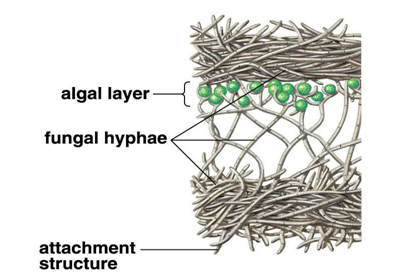
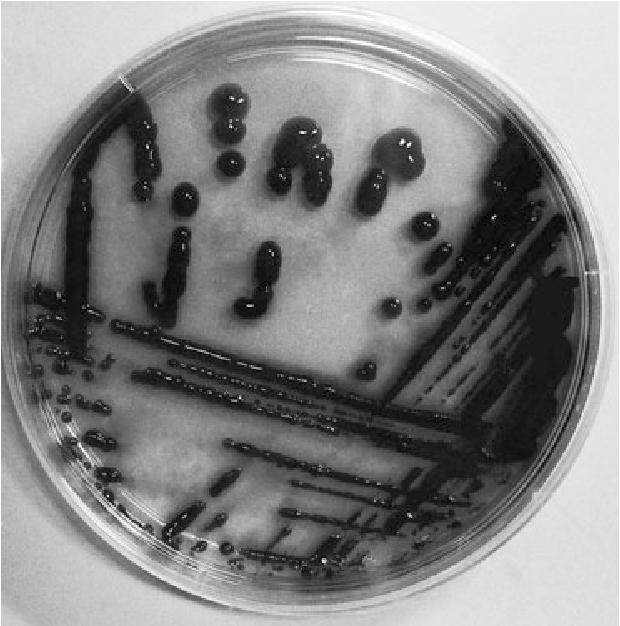
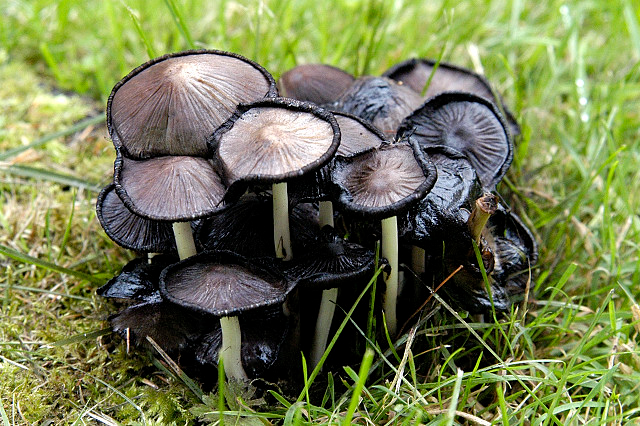
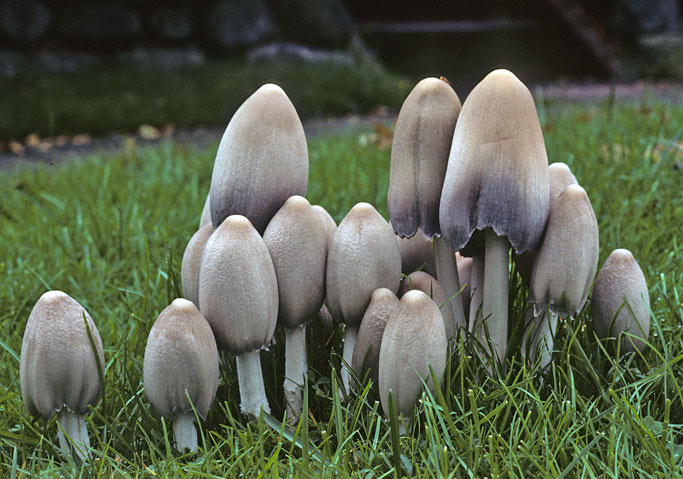
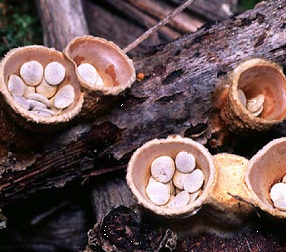
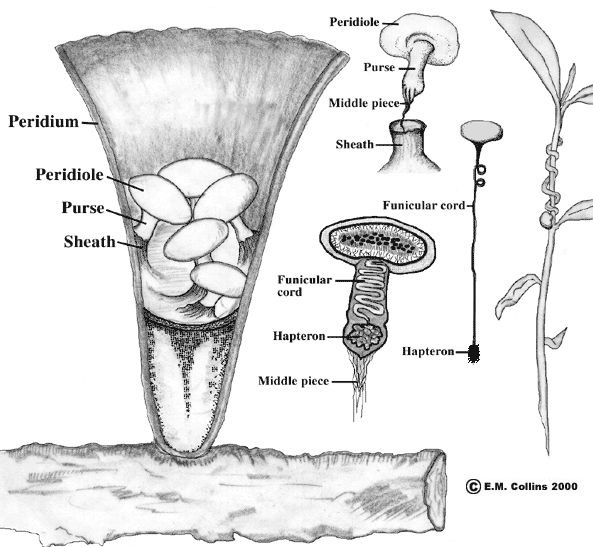
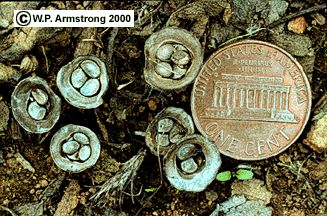
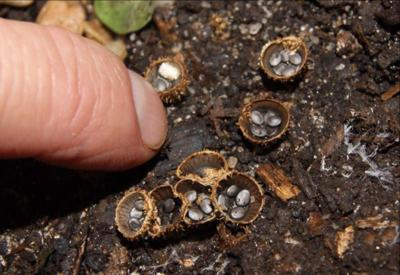 " title="They also only eat already-dead plants so they& #39;re no threat to gardeners, just an interesting mushroom you might find on dead trees or mulch in your garden if the climate is right! https://abs.twimg.com/emoji/v2/... draggable="false" alt="😊" title="Smiling face with smiling eyes" aria-label="Emoji: Smiling face with smiling eyes">" class="img-responsive" style="max-width:100%;"/>
" title="They also only eat already-dead plants so they& #39;re no threat to gardeners, just an interesting mushroom you might find on dead trees or mulch in your garden if the climate is right! https://abs.twimg.com/emoji/v2/... draggable="false" alt="😊" title="Smiling face with smiling eyes" aria-label="Emoji: Smiling face with smiling eyes">" class="img-responsive" style="max-width:100%;"/>
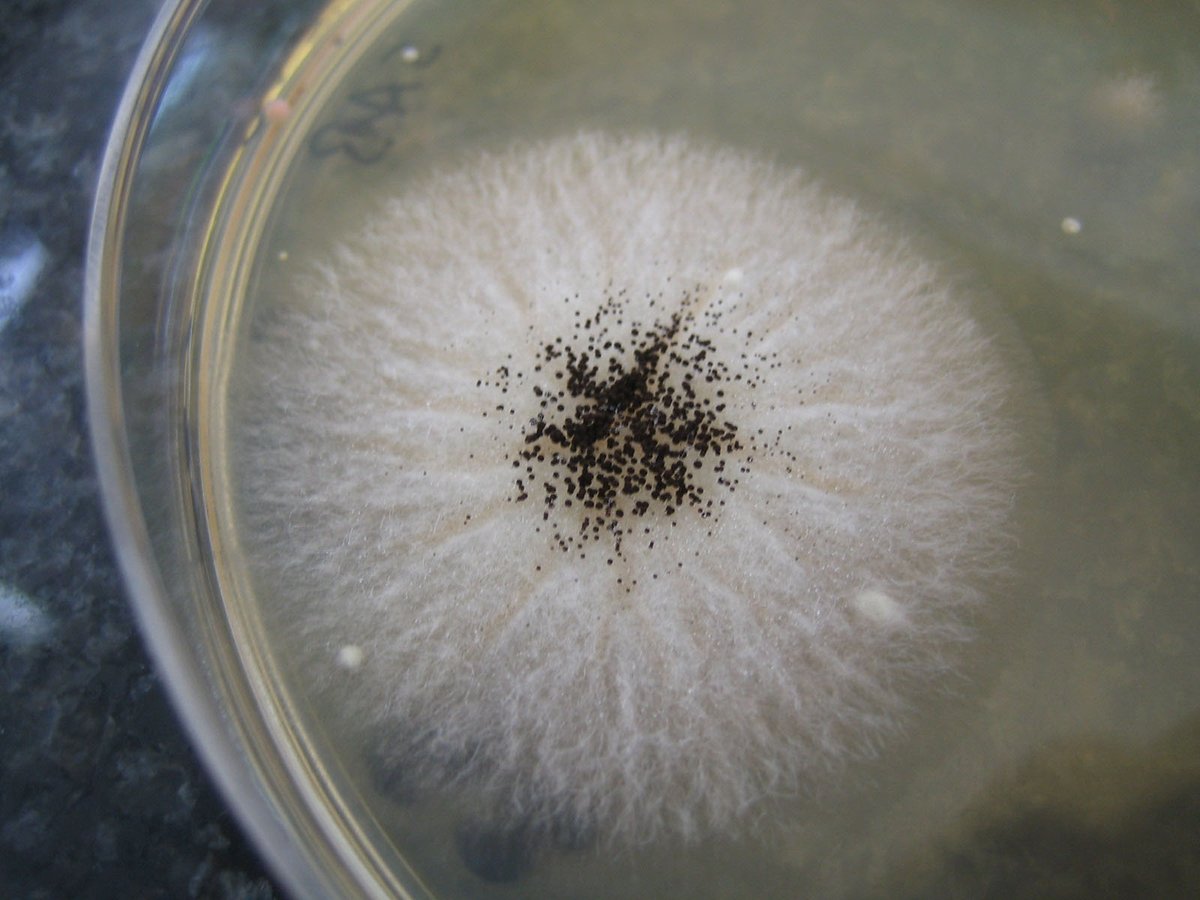
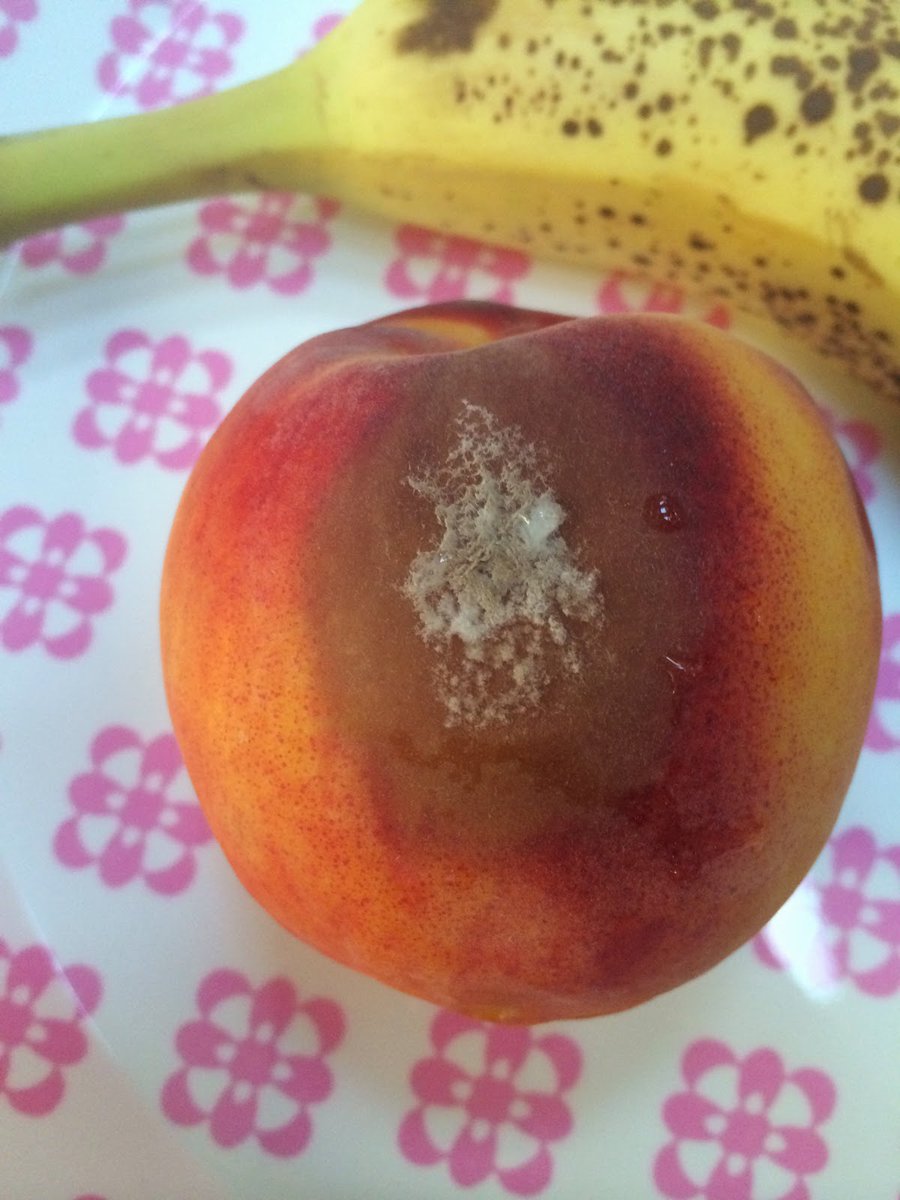
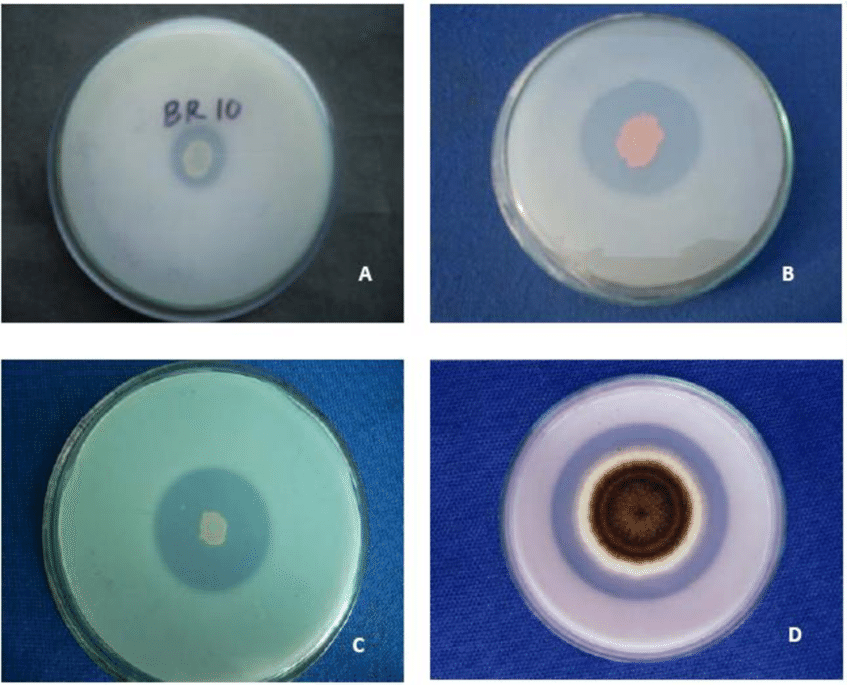
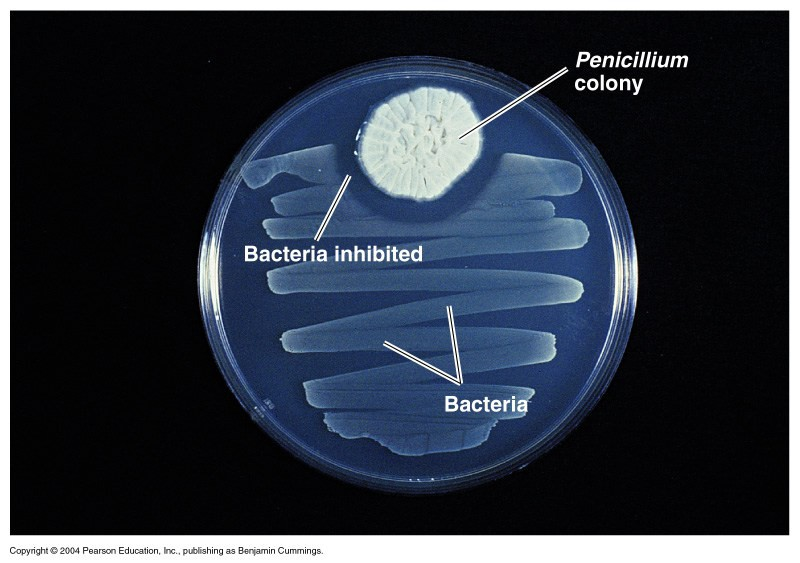

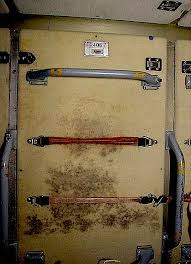


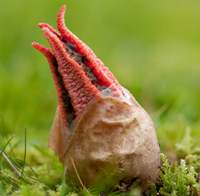

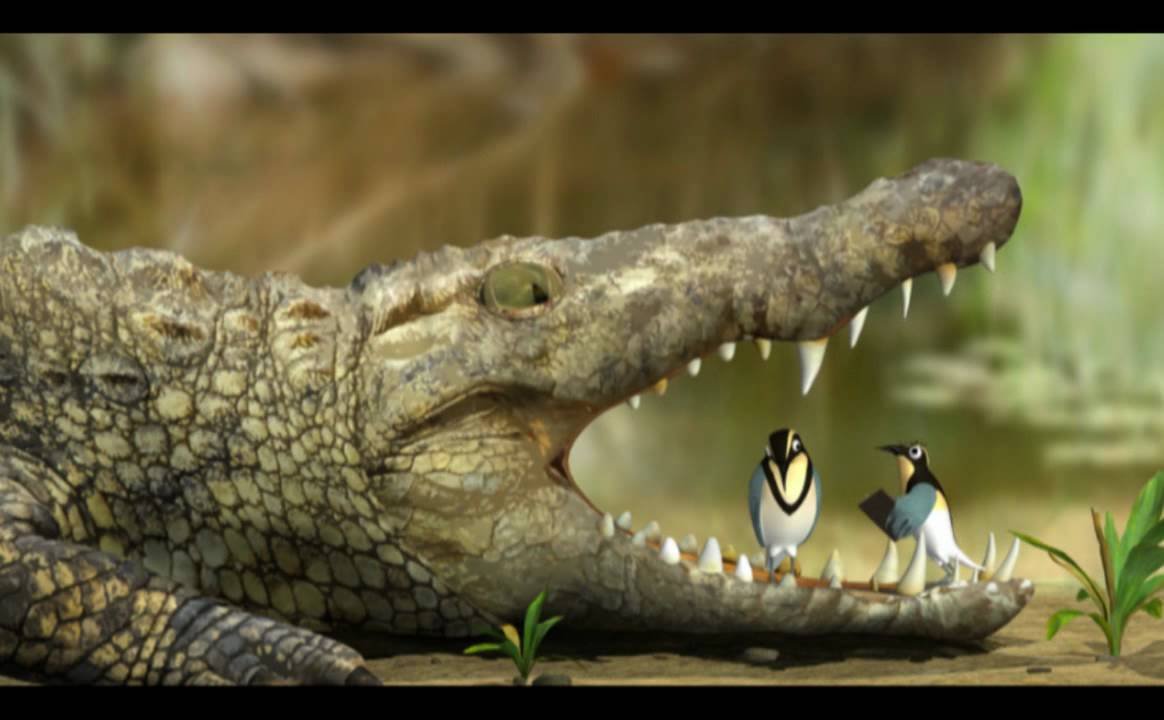 When you think about two completely different creatures that have formed a mutually beneficial relationship, maybe you think of those little birds that pick the scraps out of an alligator& #39;s teeth." title="Sunday Fungus update! https://abs.twimg.com/emoji/v2/... draggable="false" alt="😊" title="Smiling face with smiling eyes" aria-label="Emoji: Smiling face with smiling eyes">When you think about two completely different creatures that have formed a mutually beneficial relationship, maybe you think of those little birds that pick the scraps out of an alligator& #39;s teeth." class="img-responsive" style="max-width:100%;"/>
When you think about two completely different creatures that have formed a mutually beneficial relationship, maybe you think of those little birds that pick the scraps out of an alligator& #39;s teeth." title="Sunday Fungus update! https://abs.twimg.com/emoji/v2/... draggable="false" alt="😊" title="Smiling face with smiling eyes" aria-label="Emoji: Smiling face with smiling eyes">When you think about two completely different creatures that have formed a mutually beneficial relationship, maybe you think of those little birds that pick the scraps out of an alligator& #39;s teeth." class="img-responsive" style="max-width:100%;"/>

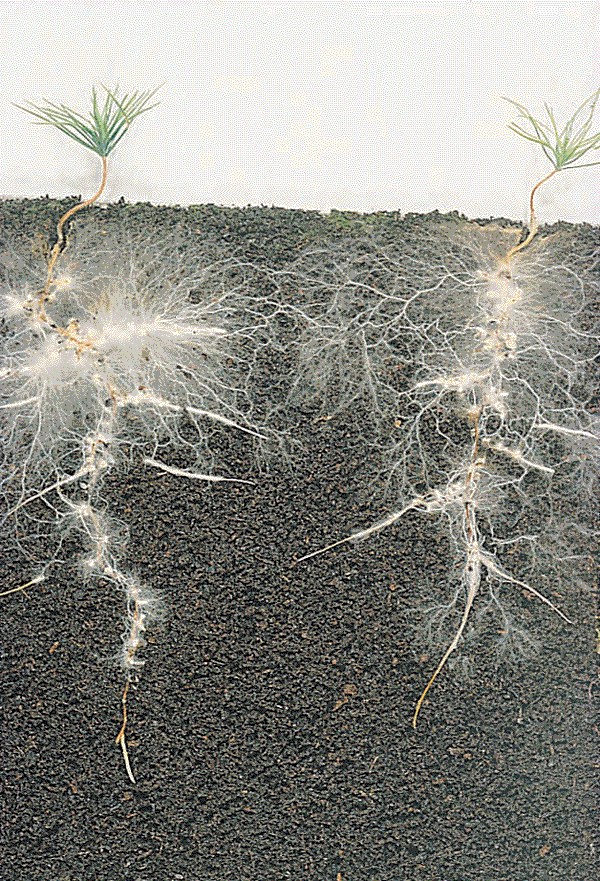
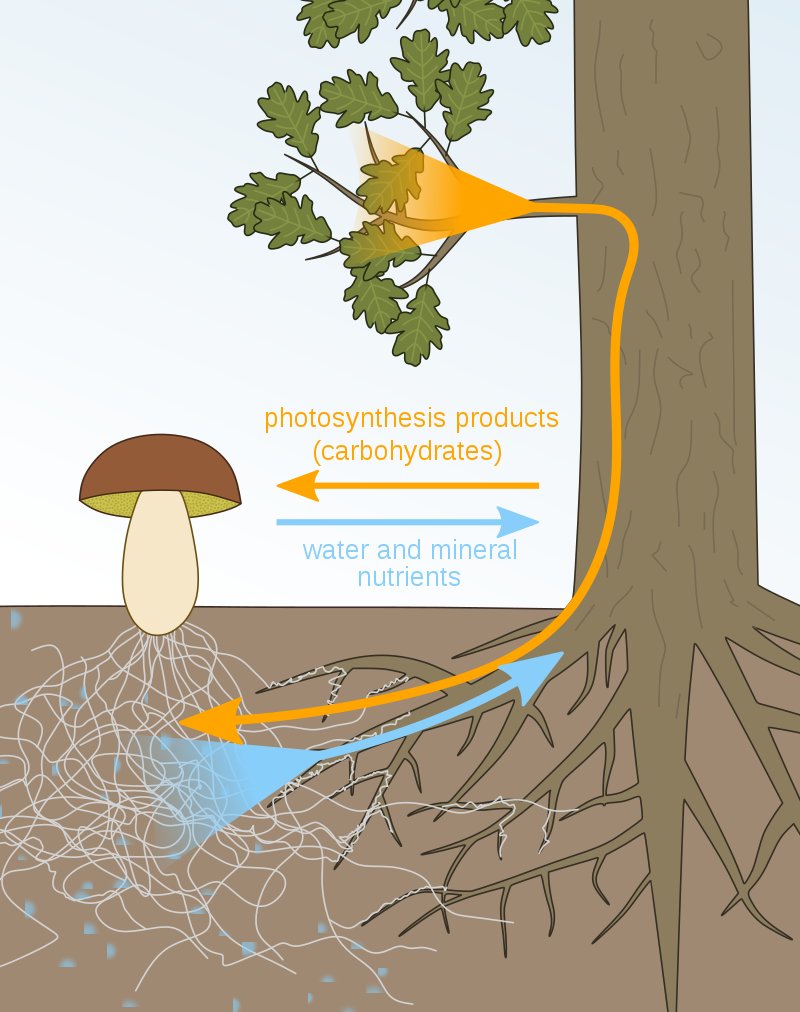
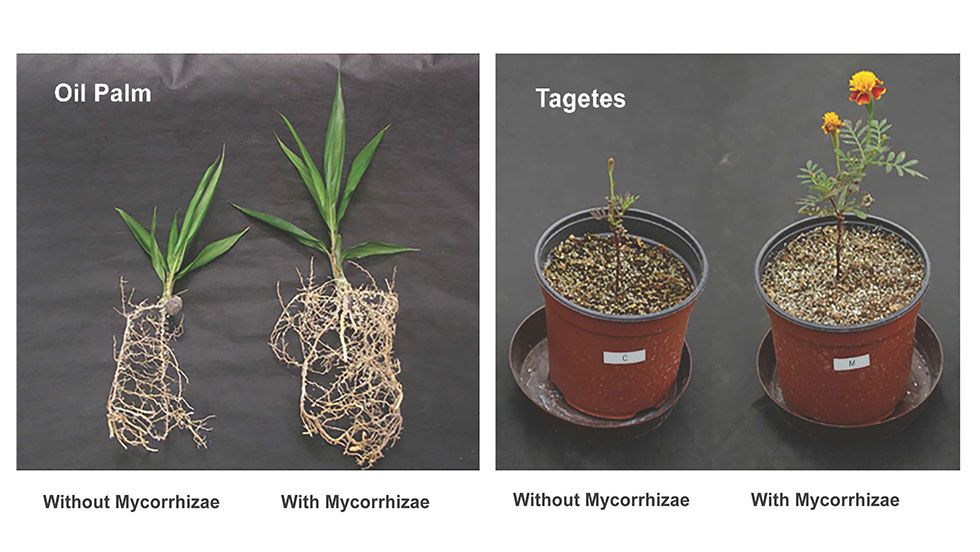 https://abs.twimg.com/emoji/v2/... draggable="false" alt="🍄" title="Mushroom" aria-label="Emoji: Mushroom">https://abs.twimg.com/emoji/v2/... draggable="false" alt="🤗" title="Hugging face" aria-label="Emoji: Hugging face">" title="In agriculture and forestry, an understanding of the mycorrhizal networks is essential for growing successful crops and healthy forests. Farmers don& #39;t just need to grow healthy crop plants, they need to cultivate healthy mycorrhizae also. https://abs.twimg.com/emoji/v2/... draggable="false" alt="🌱" title="Seedling" aria-label="Emoji: Seedling">https://abs.twimg.com/emoji/v2/... draggable="false" alt="🍄" title="Mushroom" aria-label="Emoji: Mushroom">https://abs.twimg.com/emoji/v2/... draggable="false" alt="🤗" title="Hugging face" aria-label="Emoji: Hugging face">" class="img-responsive" style="max-width:100%;"/>
https://abs.twimg.com/emoji/v2/... draggable="false" alt="🍄" title="Mushroom" aria-label="Emoji: Mushroom">https://abs.twimg.com/emoji/v2/... draggable="false" alt="🤗" title="Hugging face" aria-label="Emoji: Hugging face">" title="In agriculture and forestry, an understanding of the mycorrhizal networks is essential for growing successful crops and healthy forests. Farmers don& #39;t just need to grow healthy crop plants, they need to cultivate healthy mycorrhizae also. https://abs.twimg.com/emoji/v2/... draggable="false" alt="🌱" title="Seedling" aria-label="Emoji: Seedling">https://abs.twimg.com/emoji/v2/... draggable="false" alt="🍄" title="Mushroom" aria-label="Emoji: Mushroom">https://abs.twimg.com/emoji/v2/... draggable="false" alt="🤗" title="Hugging face" aria-label="Emoji: Hugging face">" class="img-responsive" style="max-width:100%;"/>


